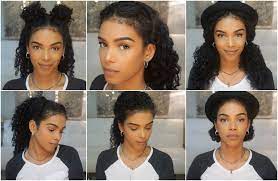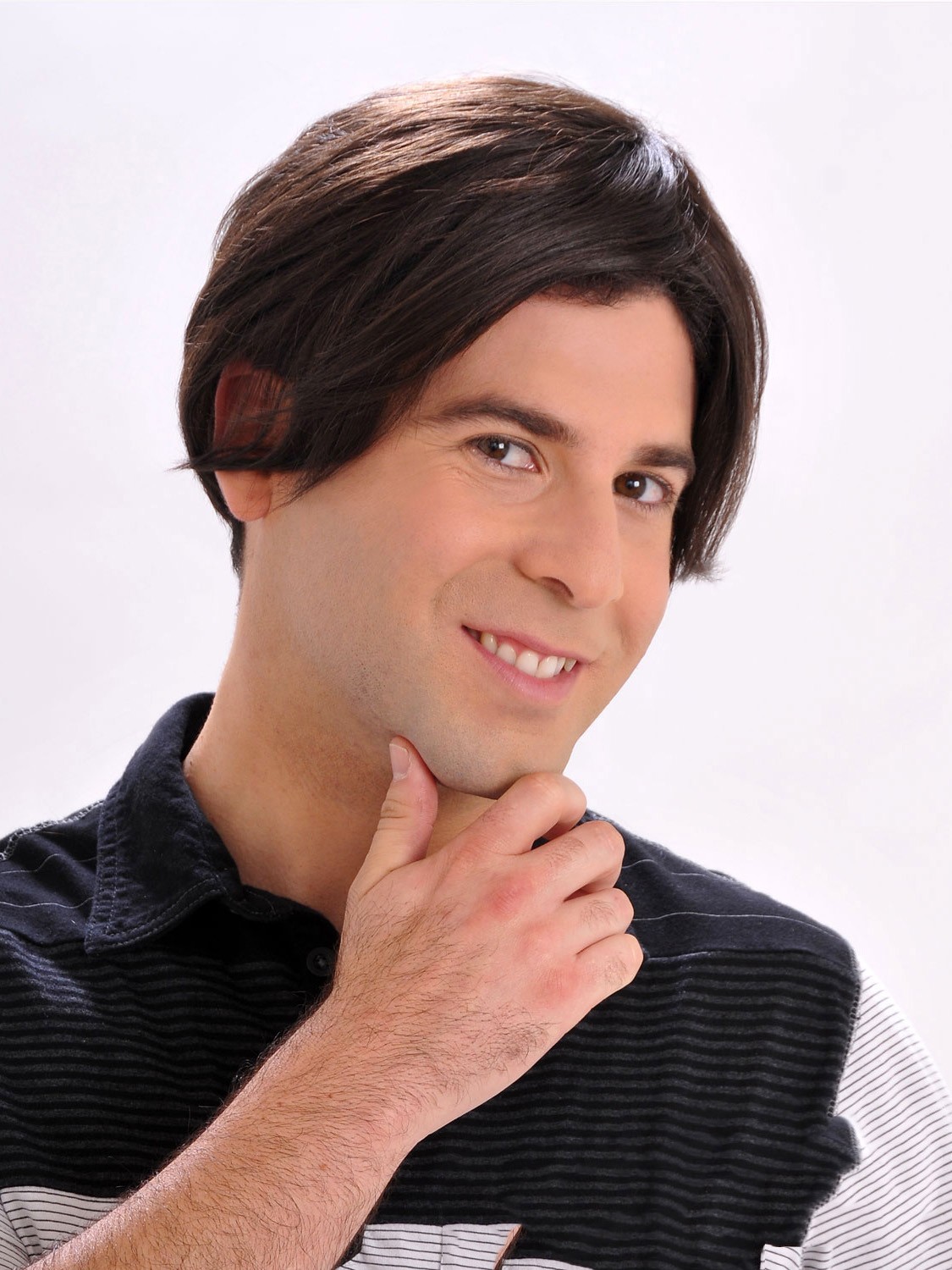You can make baby hair look different with some creative styling techniques. You can try out throwback styles, curly or wavy patterns, or you can even add some decals. The 3D styling technique that Alicia Keys uses is a good example. It’s an easy way to add a unique look to your baby hair.
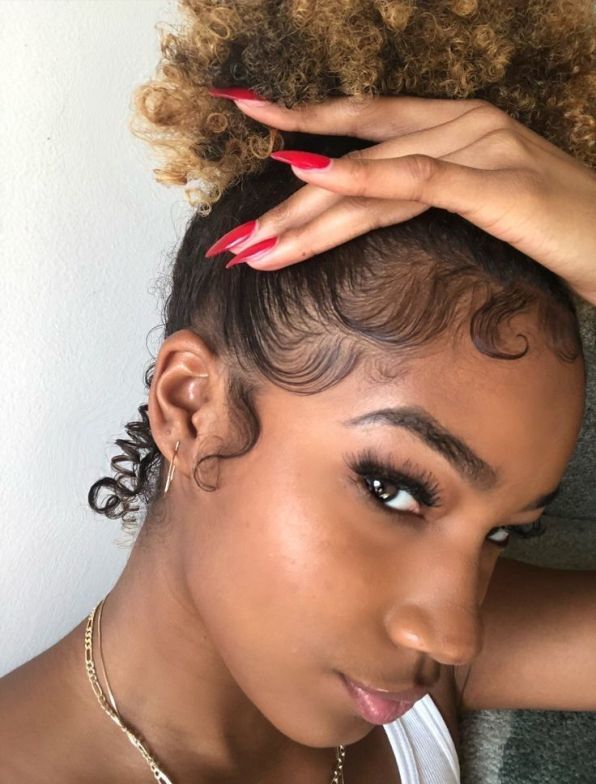
Is it breakage or baby hair?
Hair loss along your hairline can be confusing. You may wonder if it’s breakage or a new growth of baby Hair. Fortunately, there are several clues that can help you distinguish the two. First, make sure that the breakage is due to something other than excessive washing. Usually, breakage occurs along the hairline as a result of physical damage from too-tight ponytails, hair treatments, or over-washing.
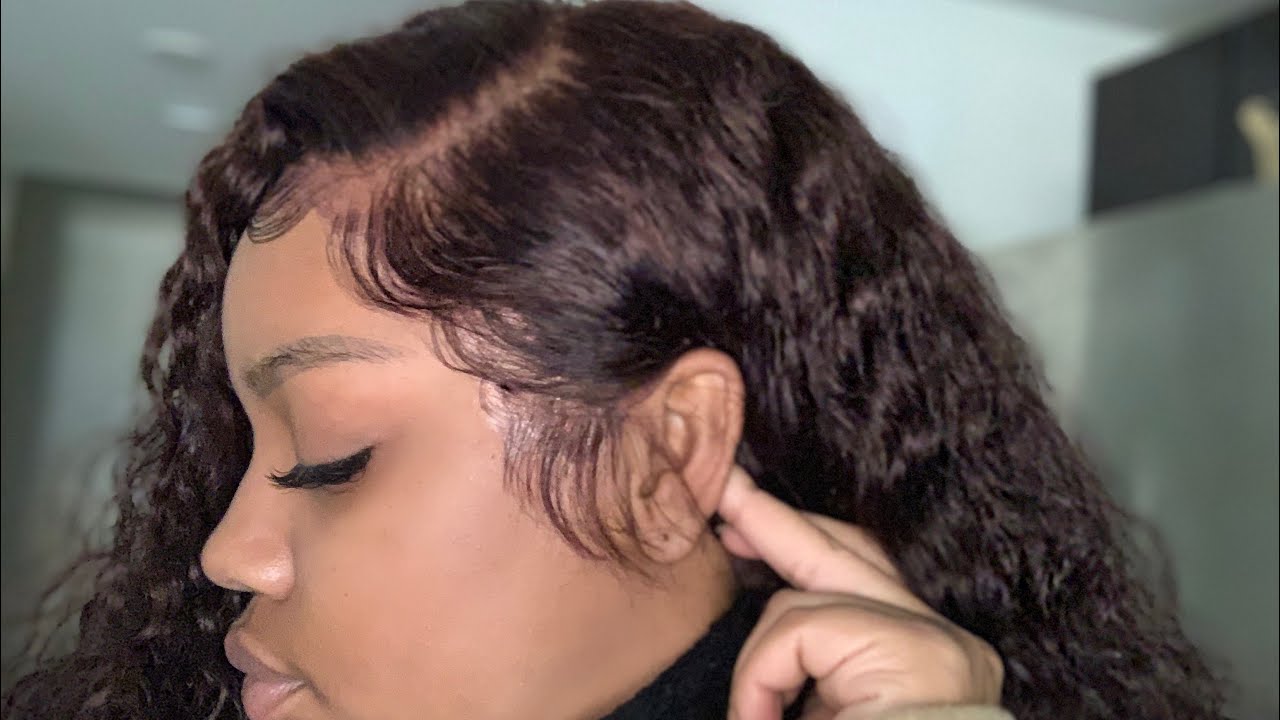
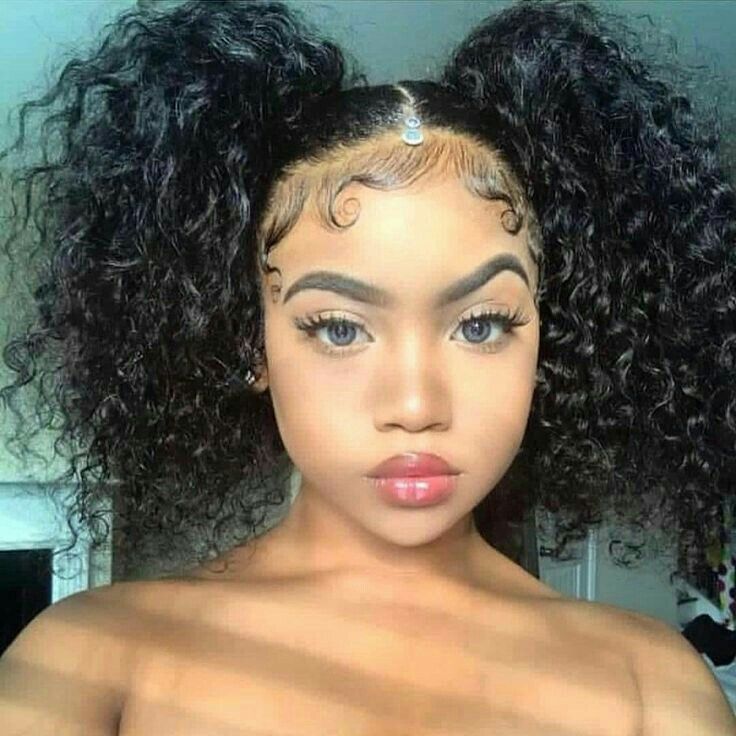
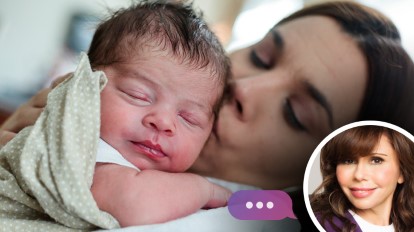
Another clue to determining whether it’s breakage or baby Hair is the texture. Hair that has broken is rough and brittle. It’s also often uneven in length. Baby Hair is generally thin and lies naturally along the hairline, while breakage will stick out and appear frizzy.
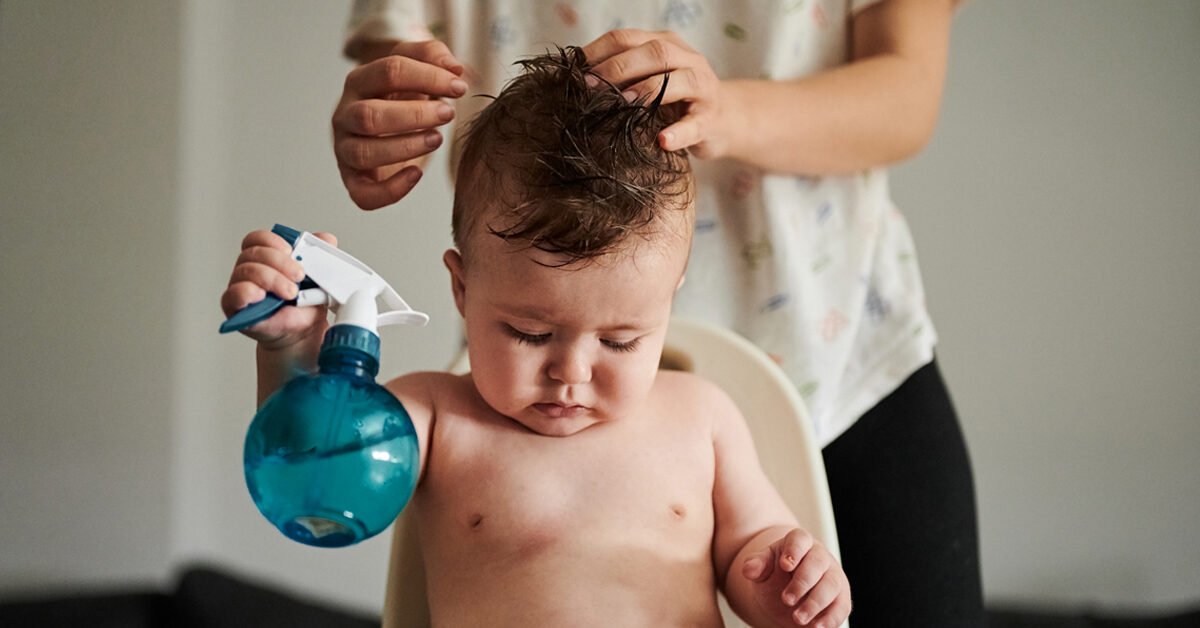
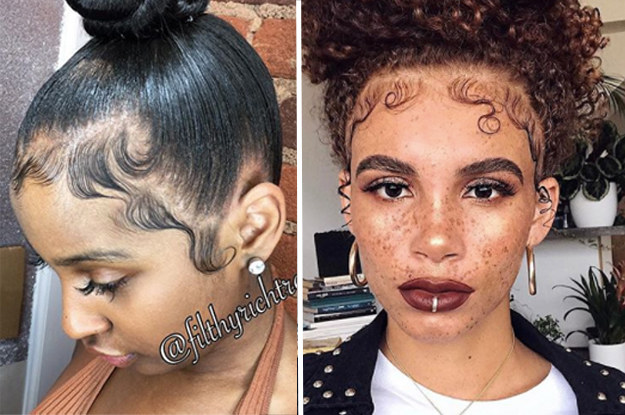
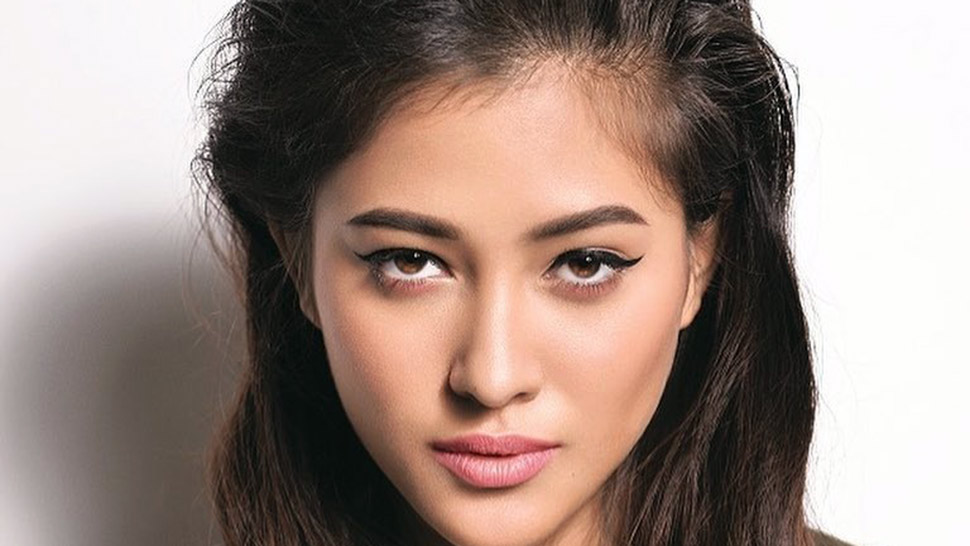
Baby hairs are much thinner and lighter in color. They’re also more sensitive, so treating them gently is vital. Regular use of a quality hair conditioner will protect these strands and reduce breakage. Adding a serum or leave-in conditioner will also help keep them conditioned. Using harsh products or tying your Hair too tightly will only exacerbate the problem.
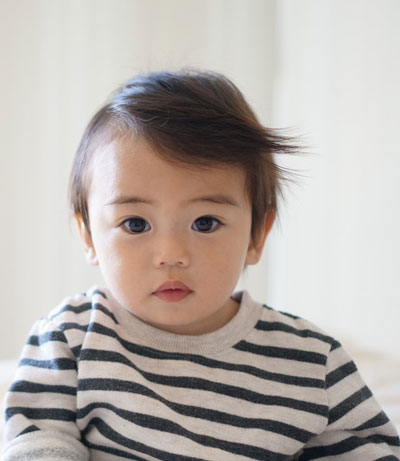
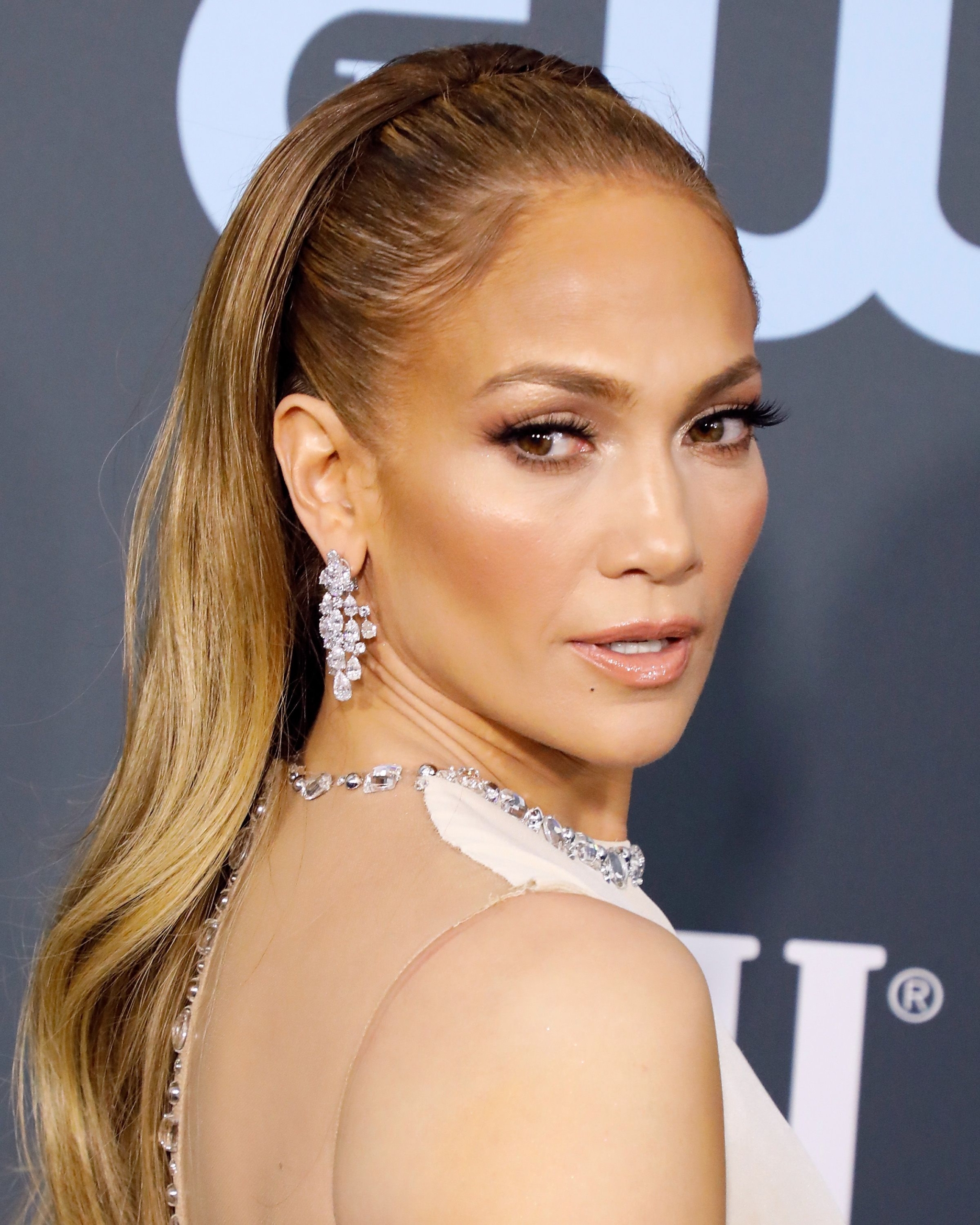
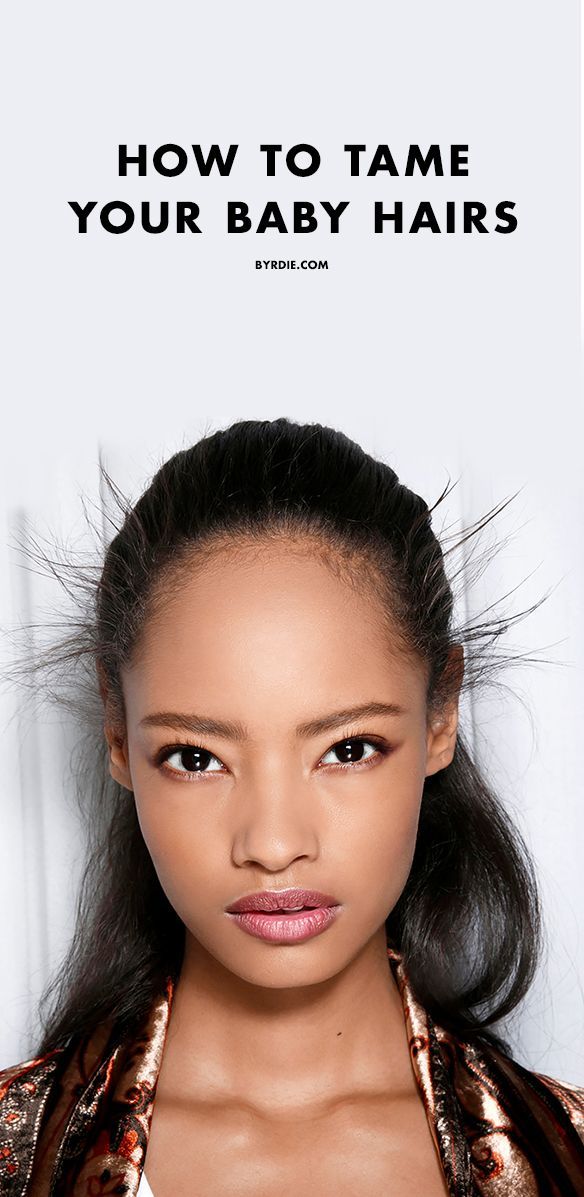
How to care for baby hair
Babies’ hair is tender and delicate and should be handled with care. Always pat baby’s hair dry with a soft towel and detangle it with a soft brush. This way, you can prevent knots, which may break off and cause hair loss. However, avoid rubbing baby’s hair with hard towels, which can damage hair follicles and slow down the hair growth process.
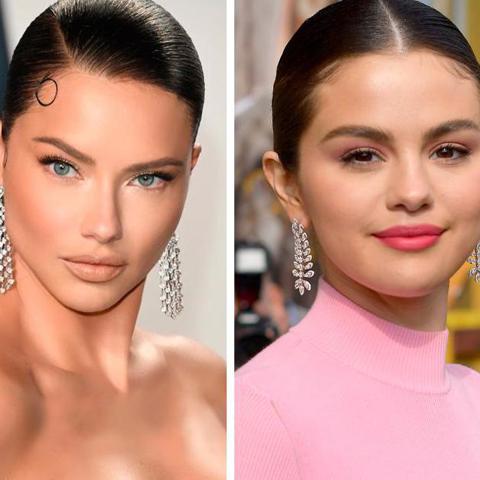
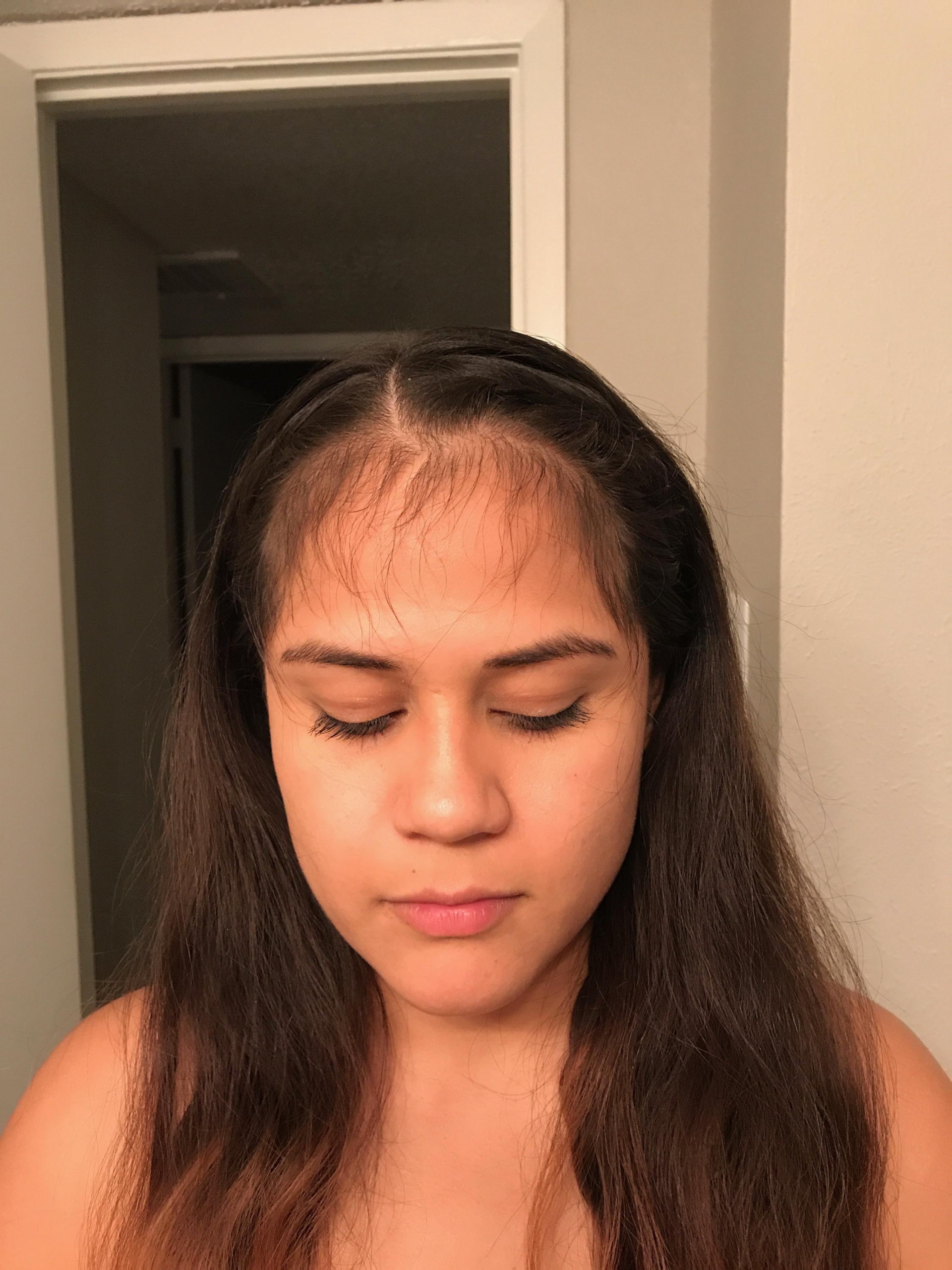
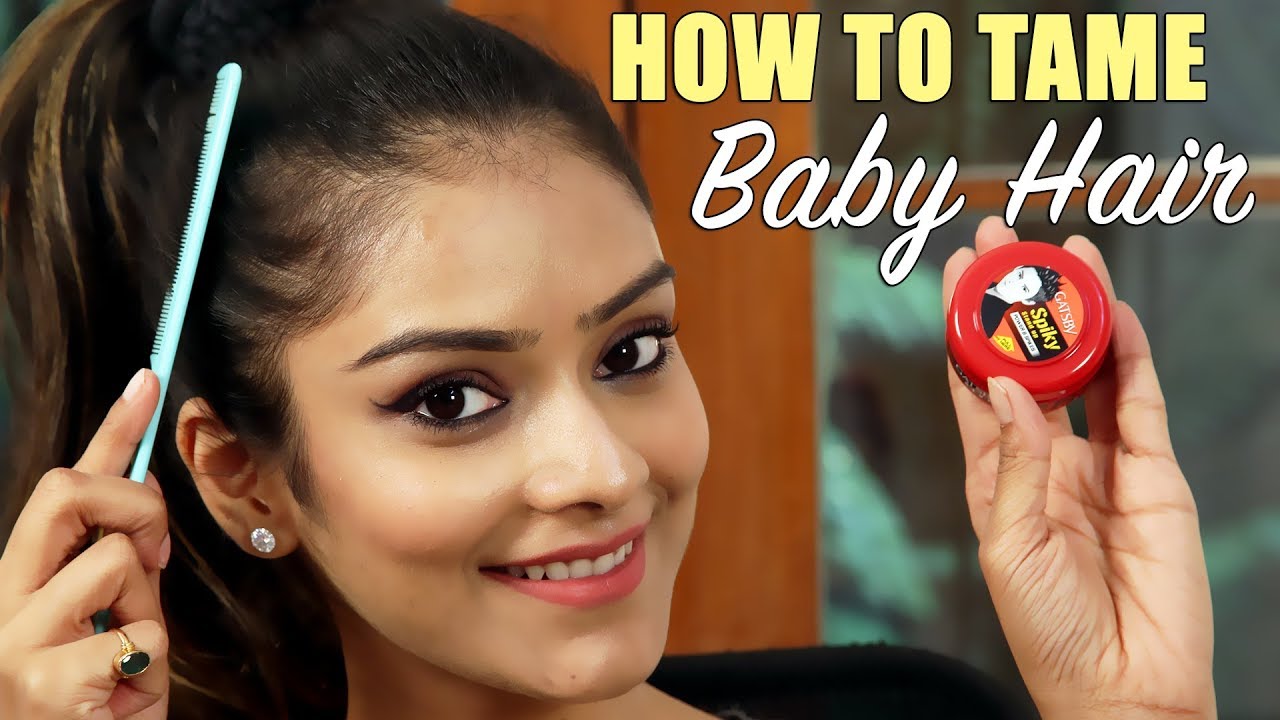
When washing baby’s hair, make sure to use a mild baby shampoo and baby conditioner. These products are tear-free and will not irritate a baby’s skin. Extra-virgin olive oil can also be applied to the hair to help it stay hydrated. A detangling spray can also be used, but make sure to use a gentle and non-abrasive product.
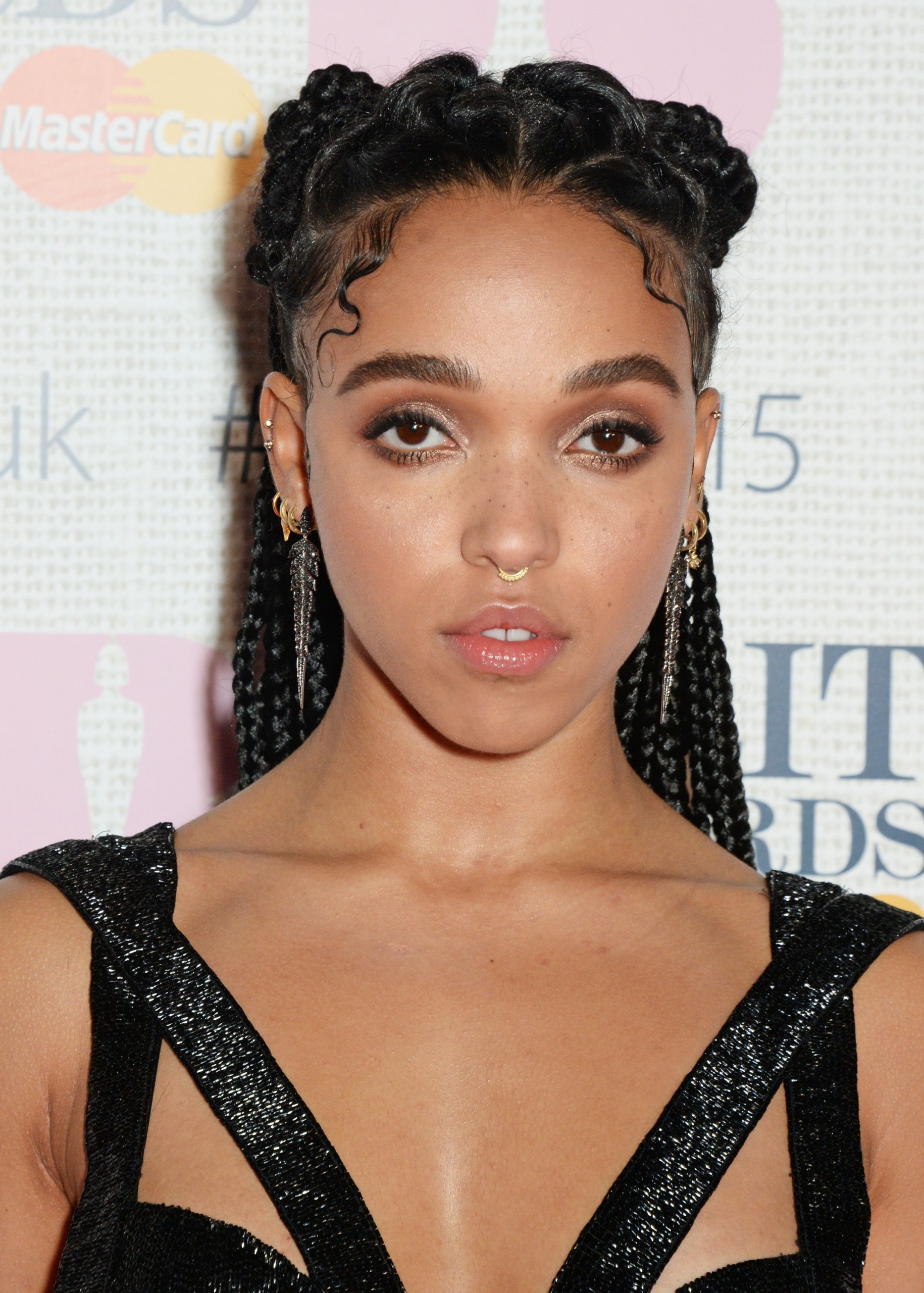
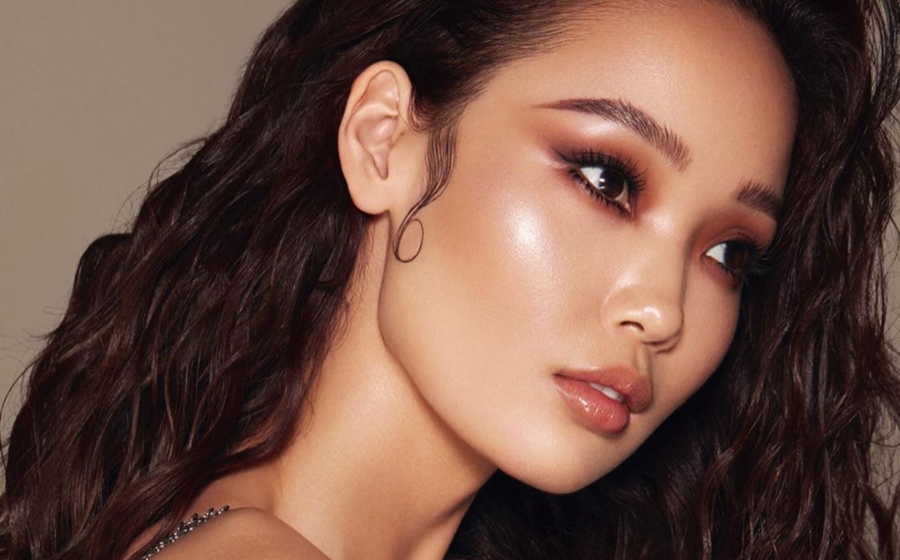
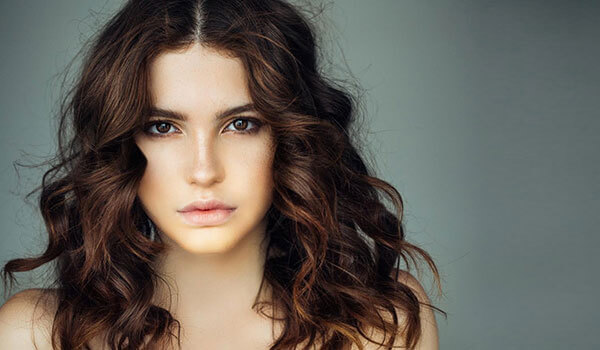
After washing, apply hair conditioner to replace the moisture that shampoo has stripped from the hair. Hair conditioners also promote growth and reduce breakage, especially on curly and textured hair. Apply conditioner to wet or dry hair after bathing and then pat it dry with a soft towel. A comb can help with combing baby’s hair.
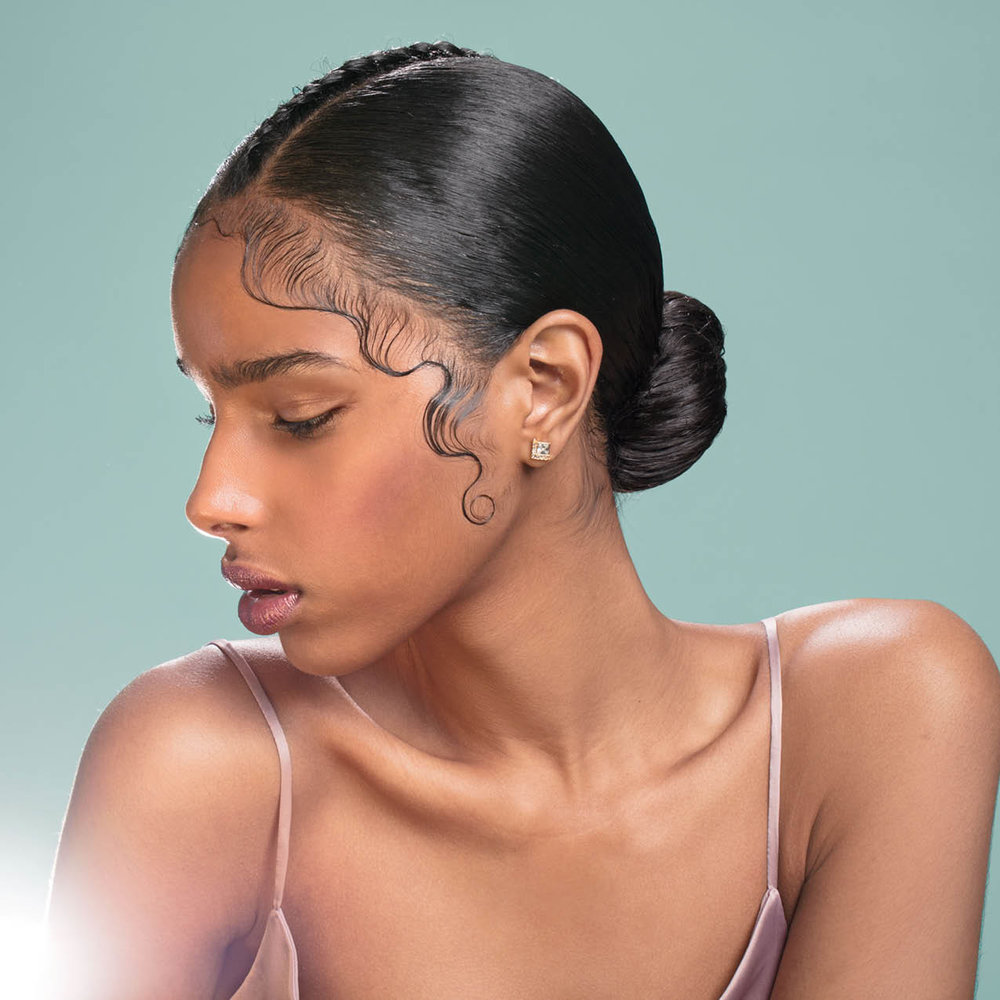
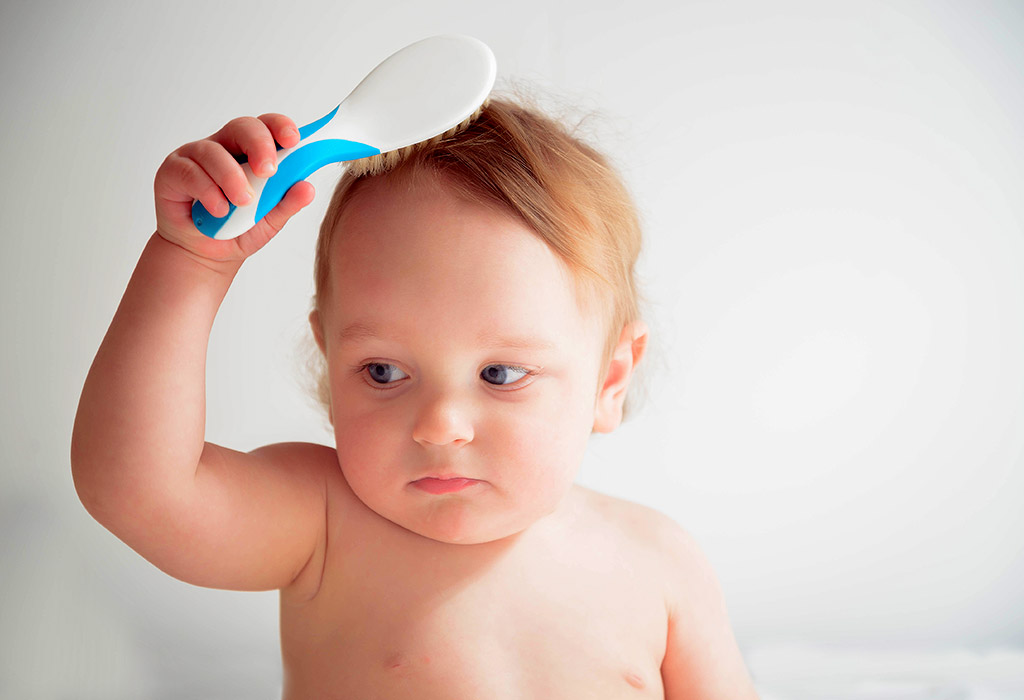
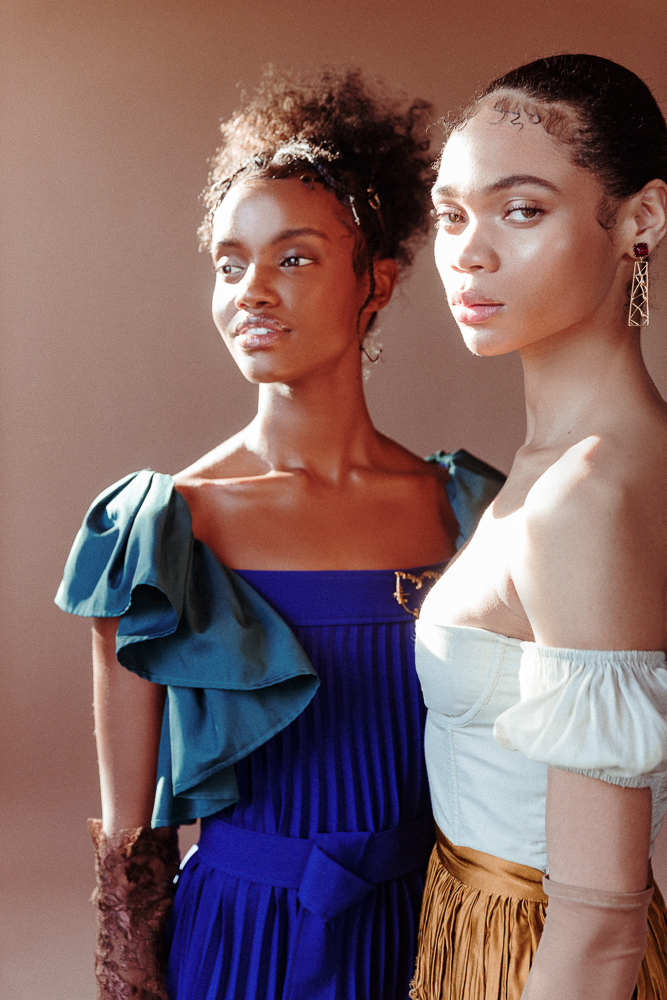
Aloe vera is another product that has been proven to be effective in fighting breakage and promoting healthy hair growth. Applying aloe vera juice to the scalp of a baby can help stimulate hair growth. Apply it to the scalp and let it sit for a few minutes. Rinsing the hair with lukewarm water afterwards will help prevent it from getting into the baby’s mouth or eyes. But you should do a patch test on your baby first to be sure it isn’t allergic to aloe.
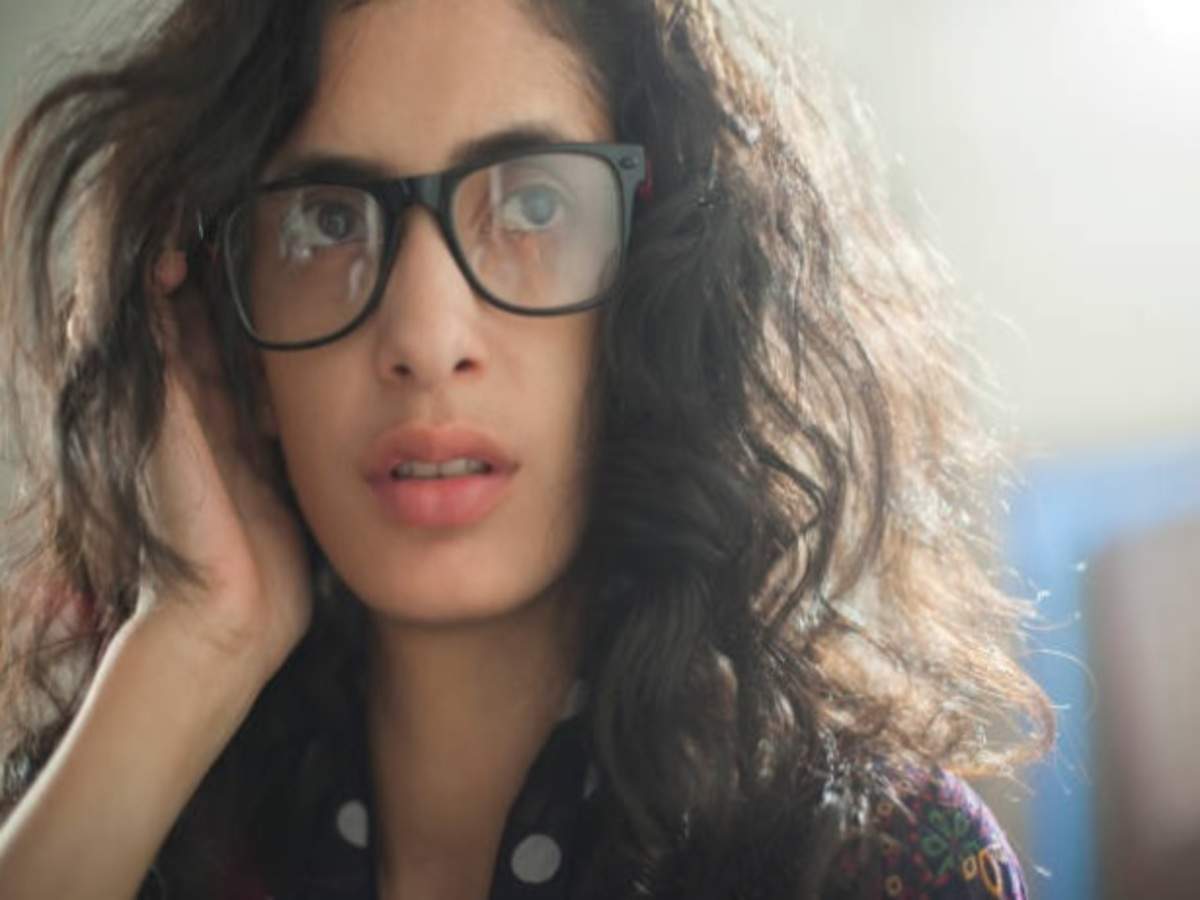
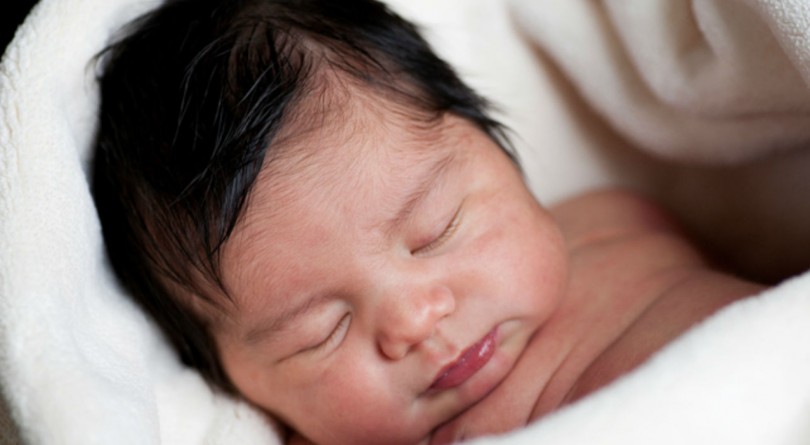
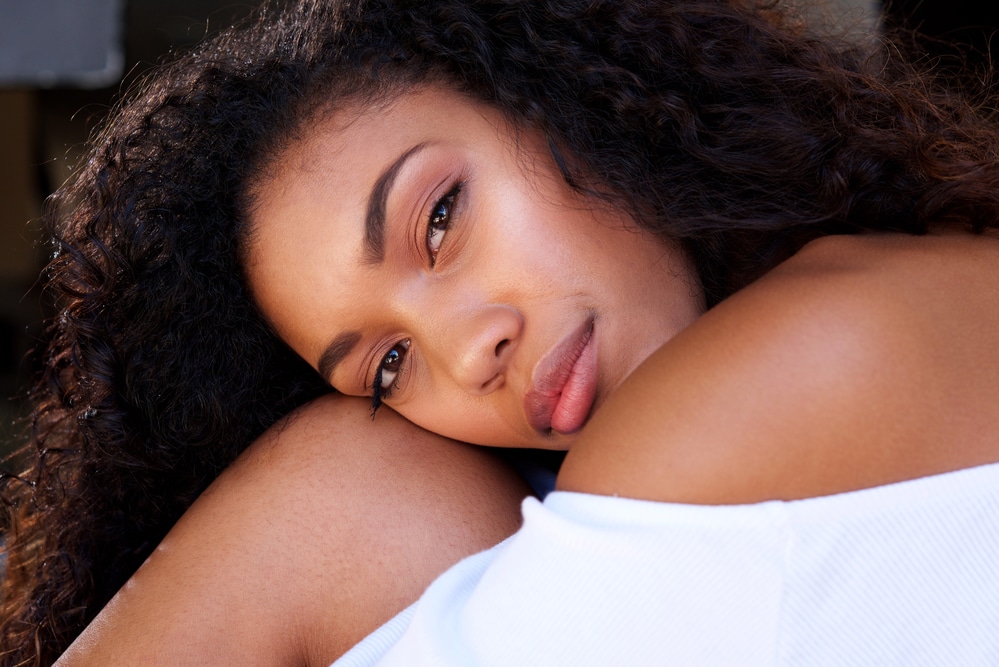
The most important part of baby hair care is washing it regularly. During the first few months, baby’s hair will develop into thick, yellow scales and should be washed often. Occasionally combing the hair will help stimulate the porous openings on the scalp and promote healthy sebum production. Make sure to wash the hair gently and don’t comb it too vigorously.
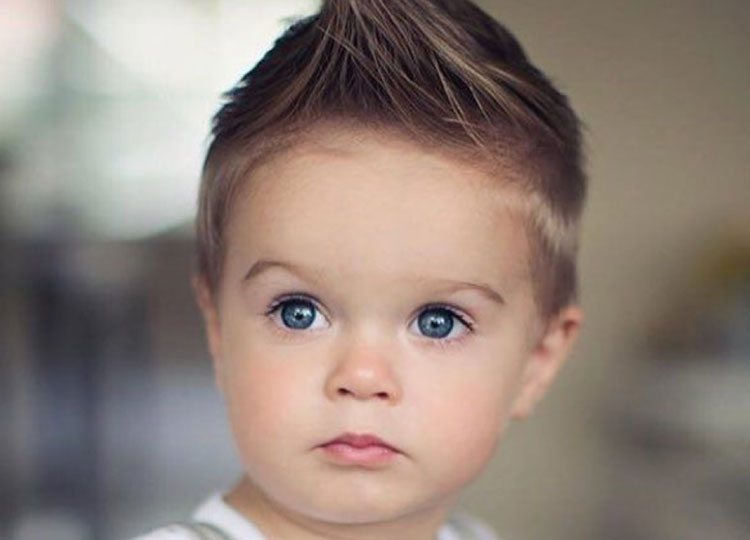
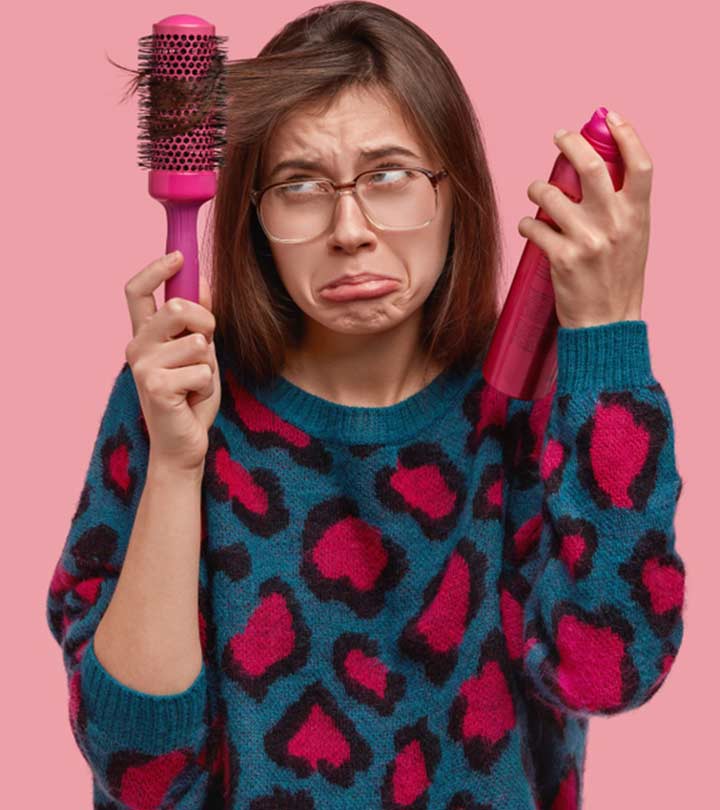
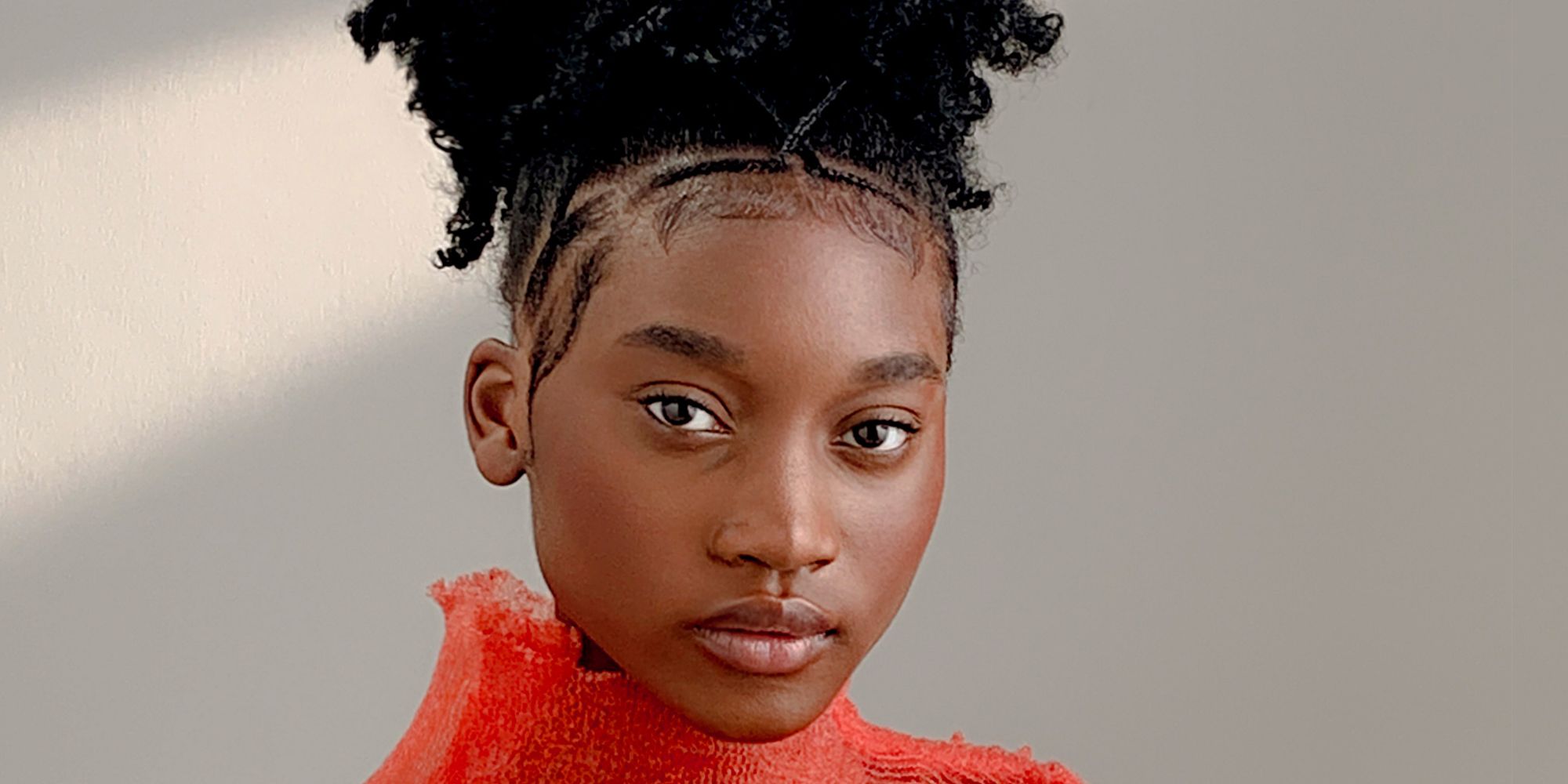
Coconut oil is also effective for baby hair. Coconut oil will help clear the scales from the baby’s scalp and soothe cradle cap. Using coconut oil regularly will promote healthy hair growth.
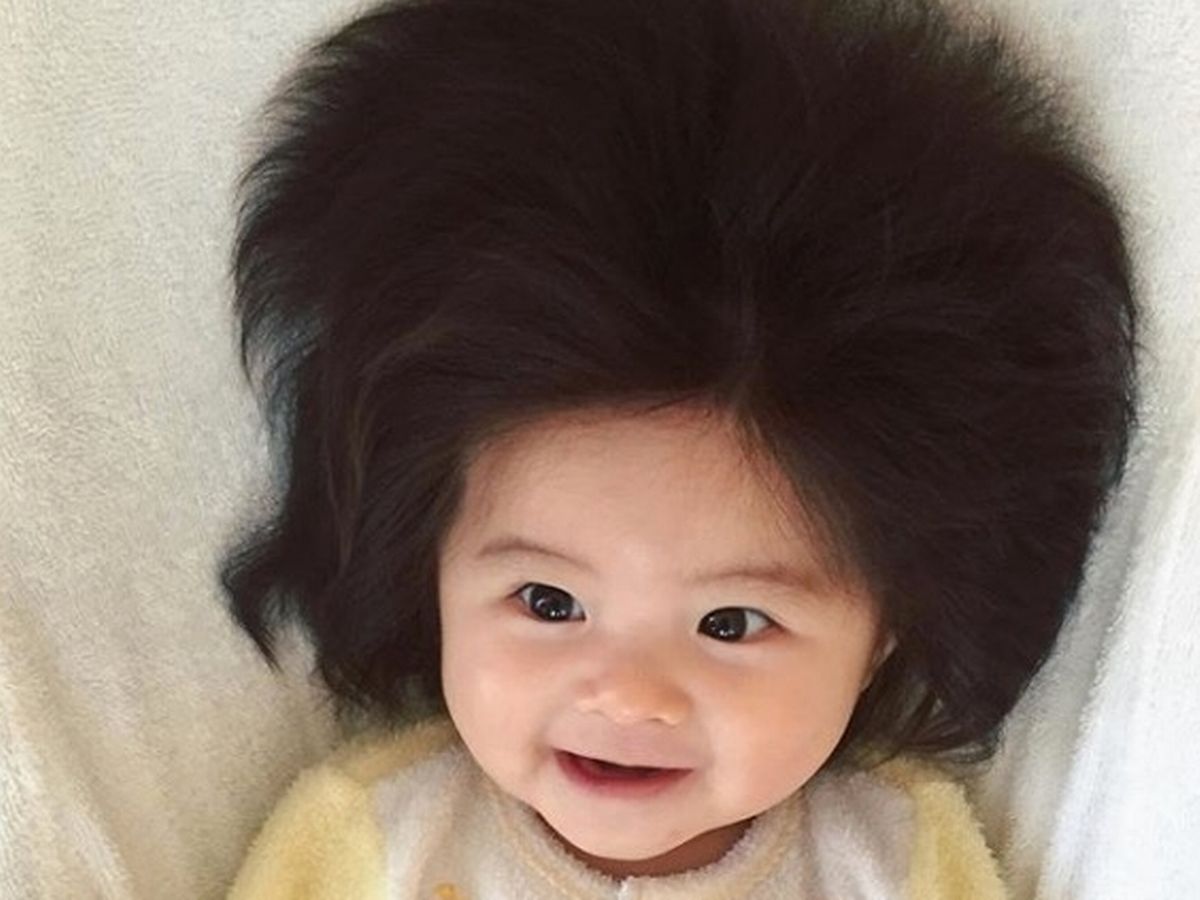
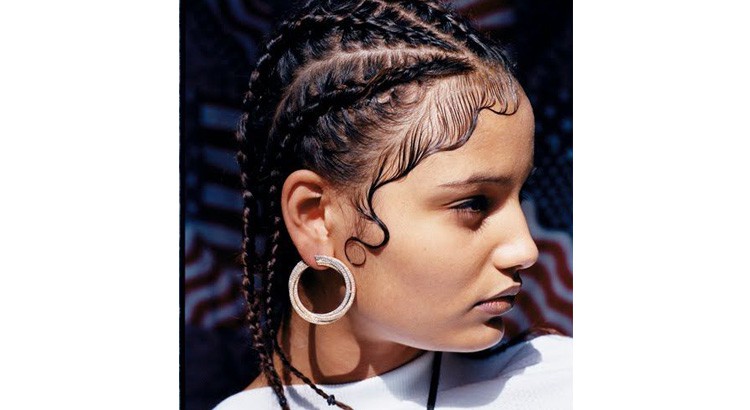
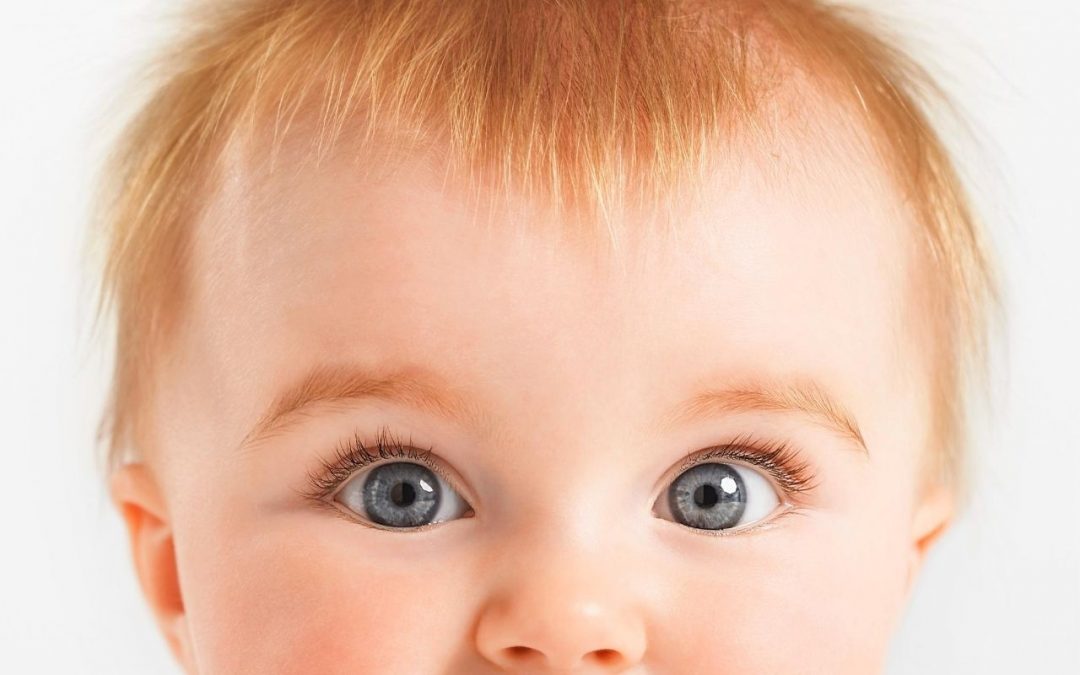
Alicia Keys’ 3D technique for styling baby hair
Alicia Keys’ three-dimensional styling technique for baby hair was all the rage at the Grammys in 2019. Known for her outsized looks, the singer takes hairstyles to new levels. She recently wore a braided ponytail at the 23rd annual Hollywood Film Awards adorned with dozens of crystals. Keys’ stylist took her style a notch higher by highlighting her edges.
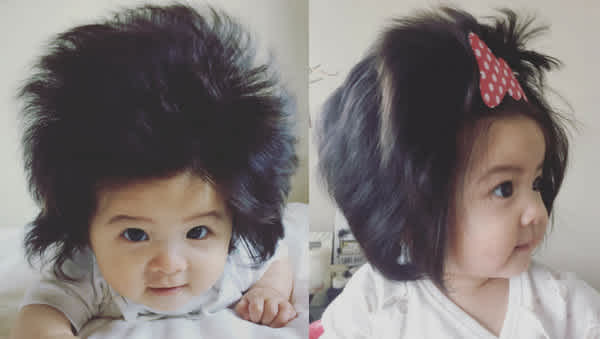
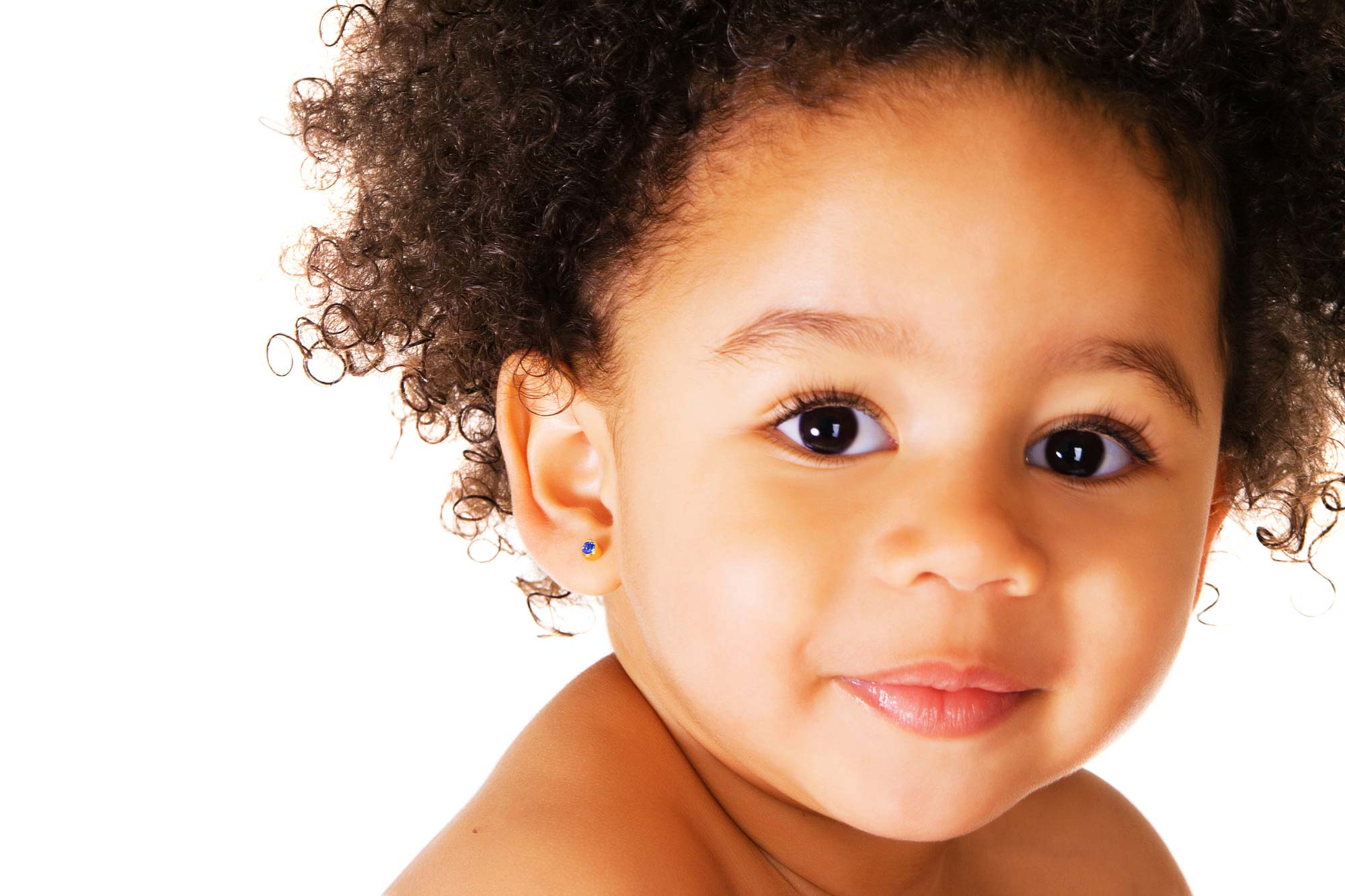
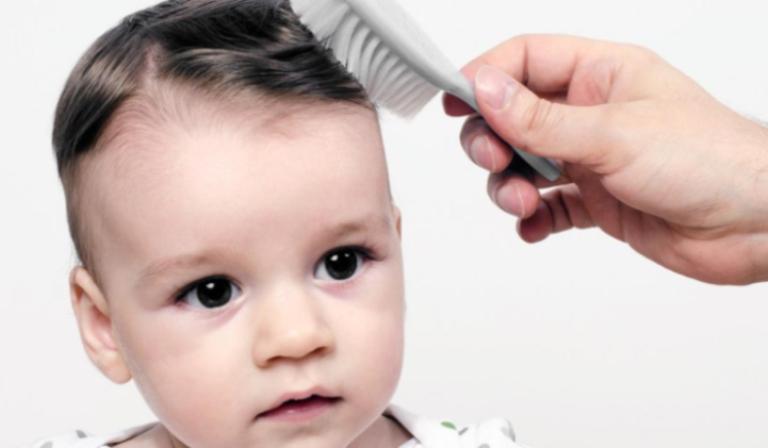
The singer’s baby hairs were an impressive piece of art, intricately swirled and accented with crystals, the perfect complement to her chic straight-back cornrows. Nai’vasha used T3 tools and Emerge styling products to create the look. A gel called “Styles Goals” was used to add texture and depth to Alicia’s baby hairs, while a T3 Cura Luxe dryer was used to set the hairline.
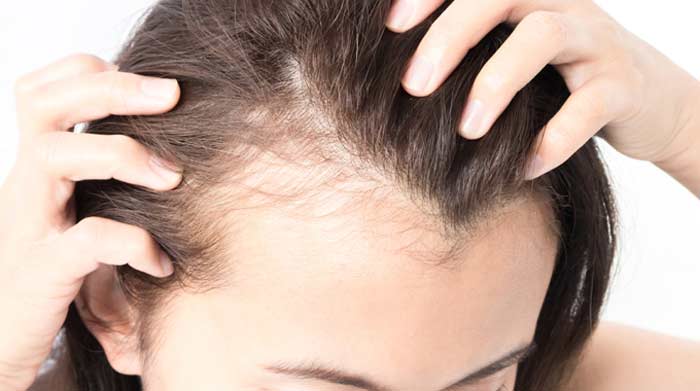
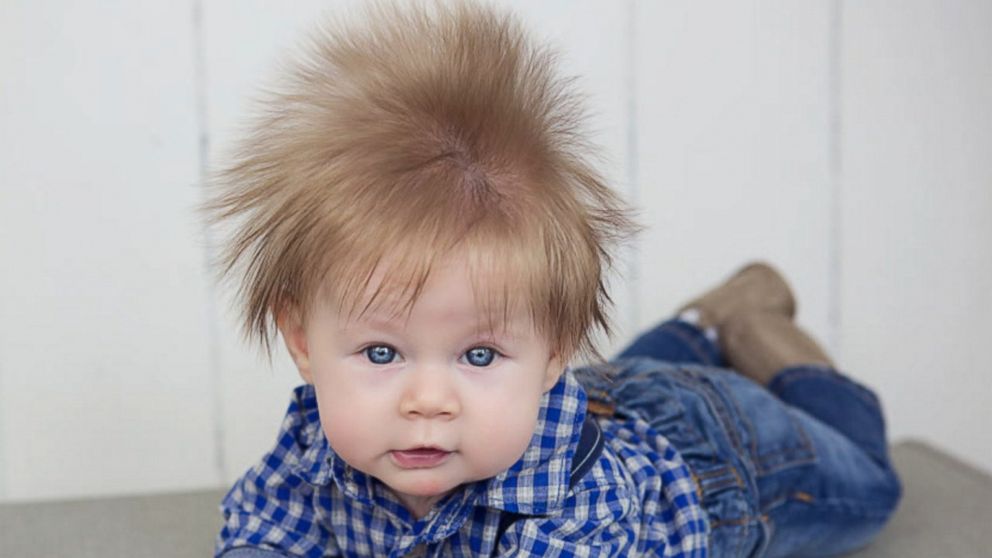
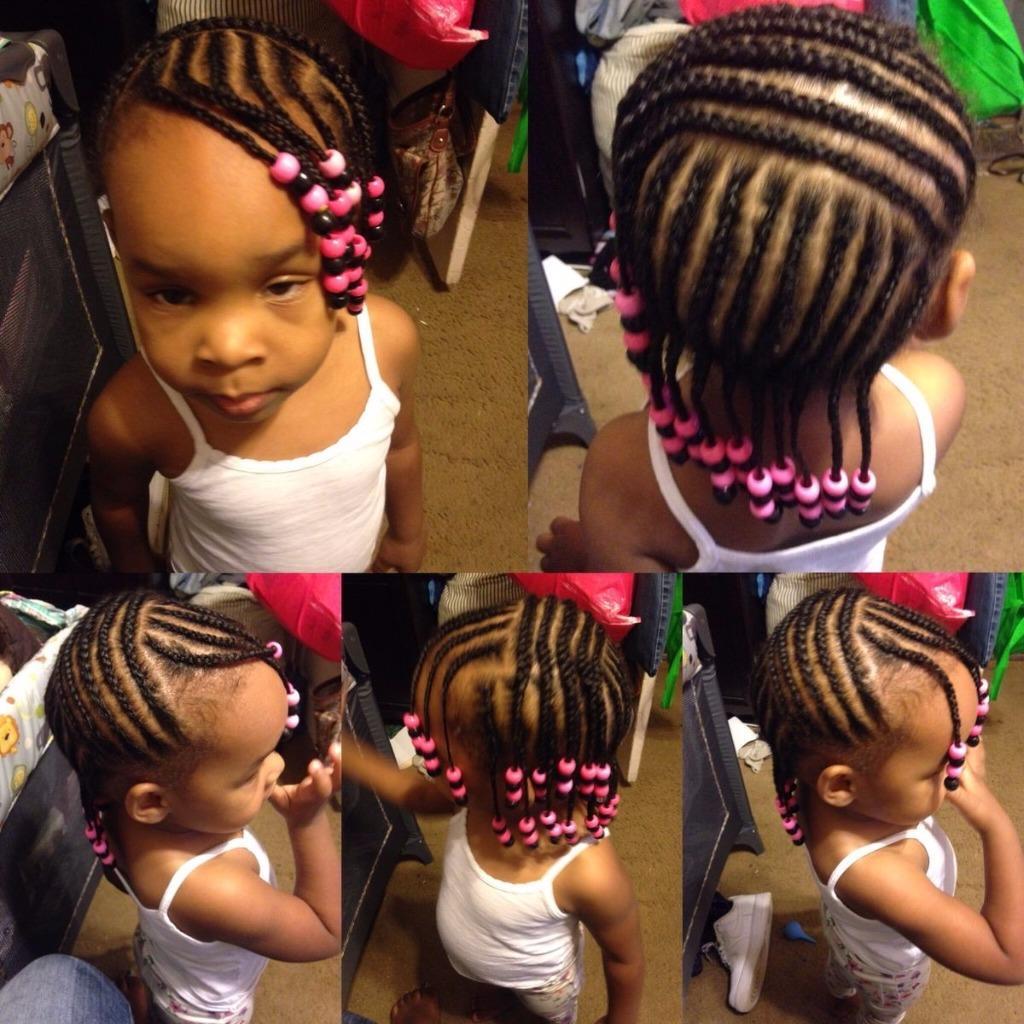
Is it lanugo hair?
Although your baby may have lanugo hair, you shouldn’t worry. This type of hair is completely normal for babies and is often shed within weeks. The hair falls off naturally, but rubbing it off will not make it fall off faster. If your baby is showing signs of lanugo, talk to your pediatrician or doctor. If it lasts longer than a few months, it might be a sign of an eating disorder, which requires treatment.
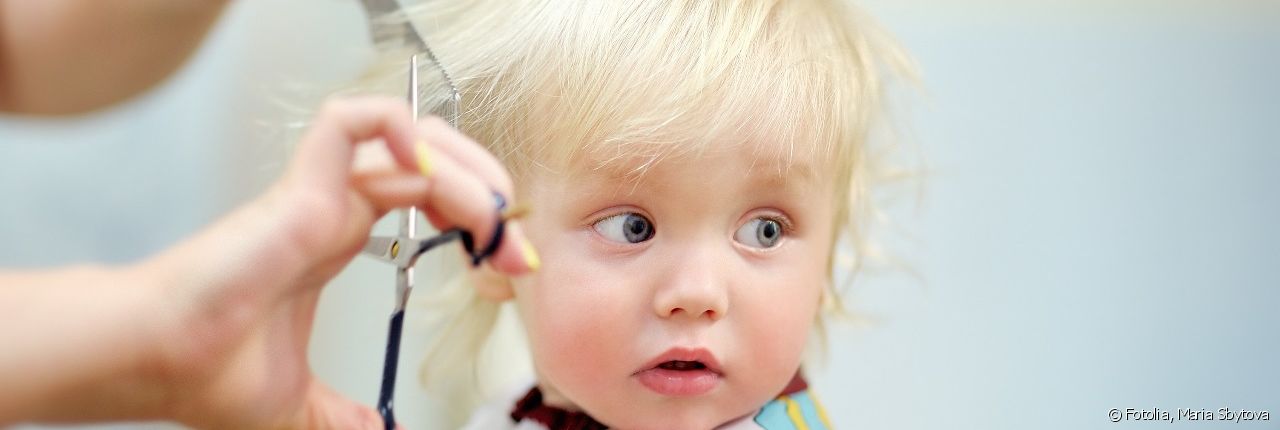
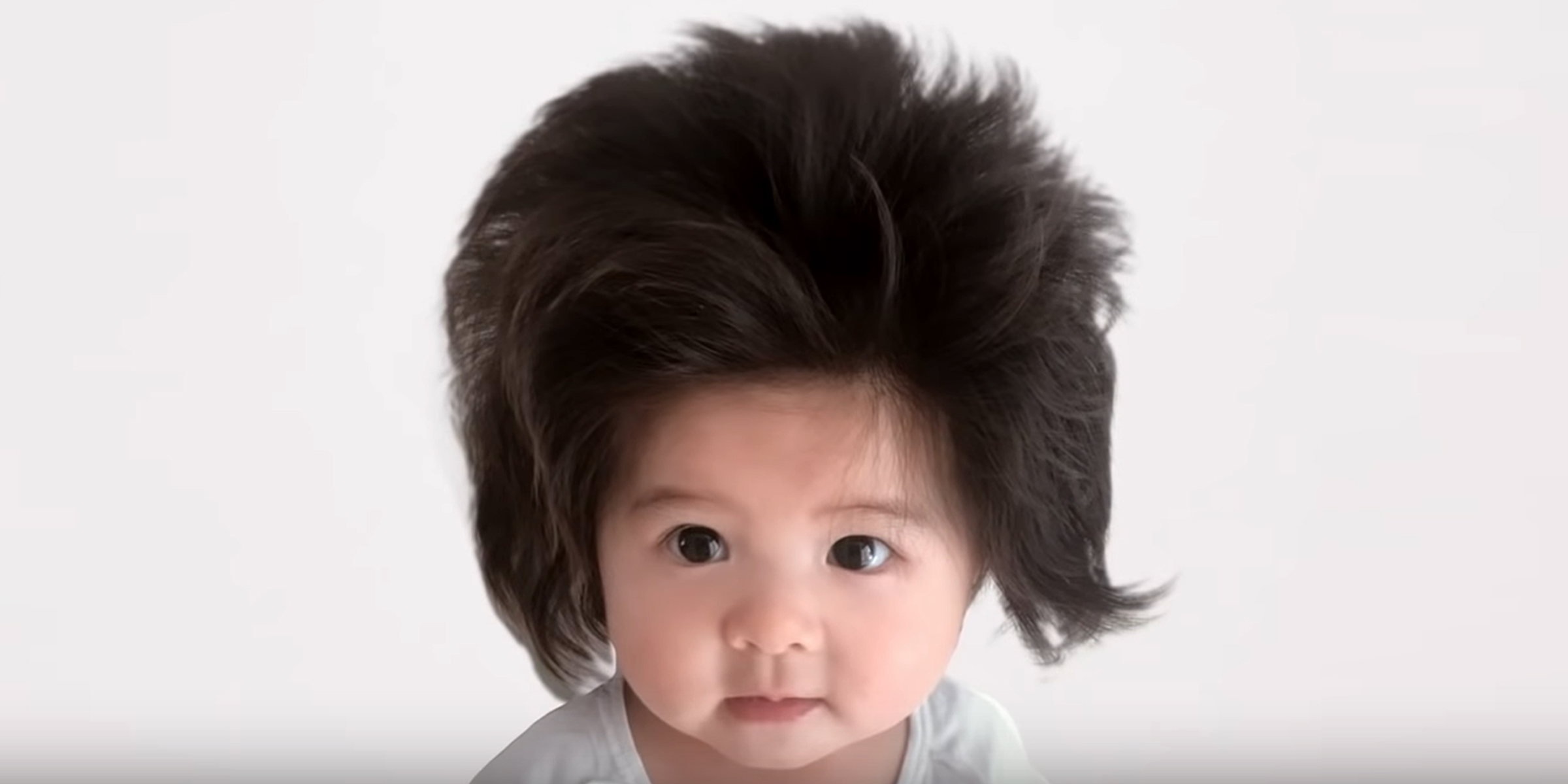
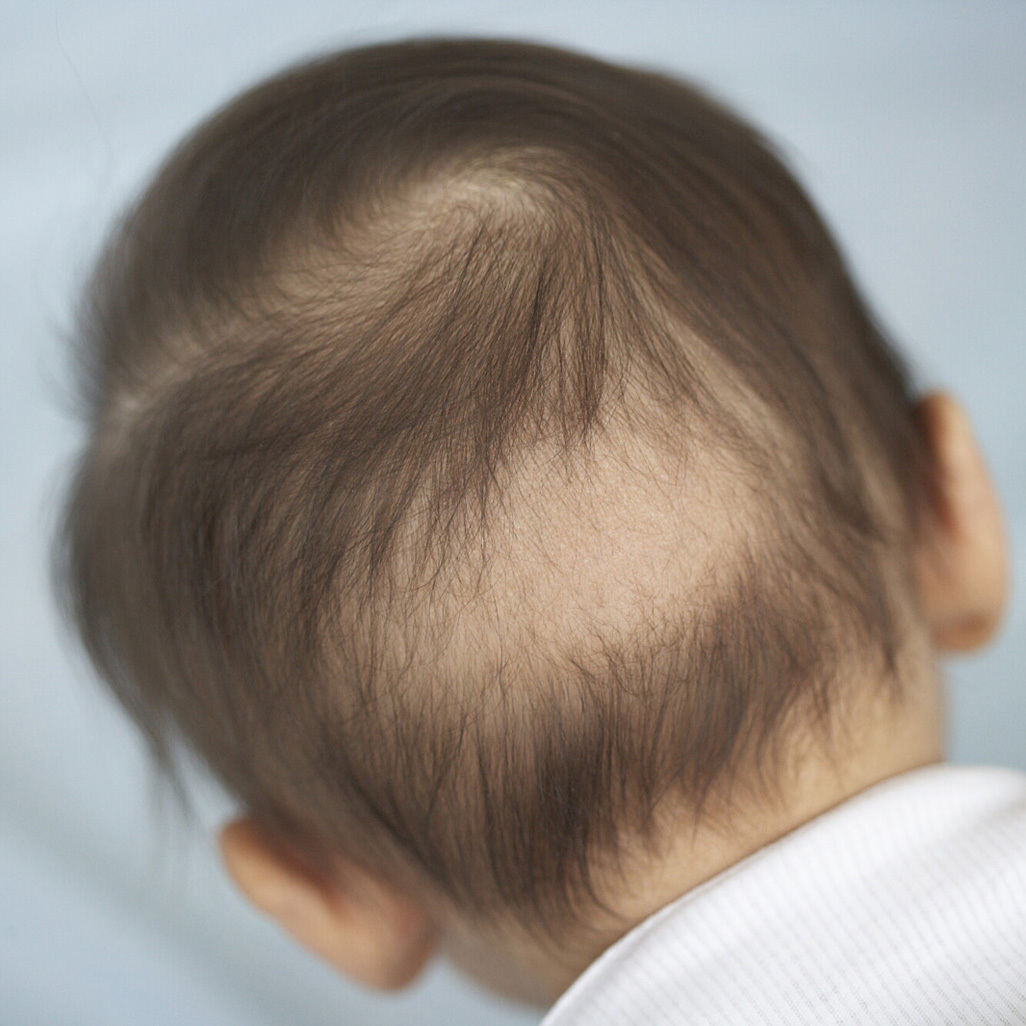
Lanugo hair is light to dark in color, and is often more noticeable on dark complexions. Its main purpose is to protect the baby from the amniotic fluid and helps the vernix caseosa adhere to the baby’s skin. The hair also helps the baby to pass through the birth canal and cervix.
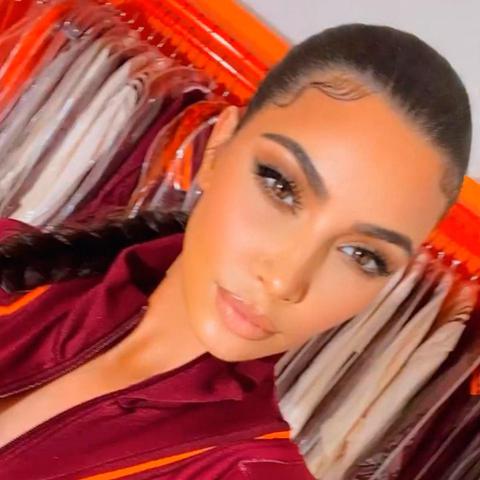
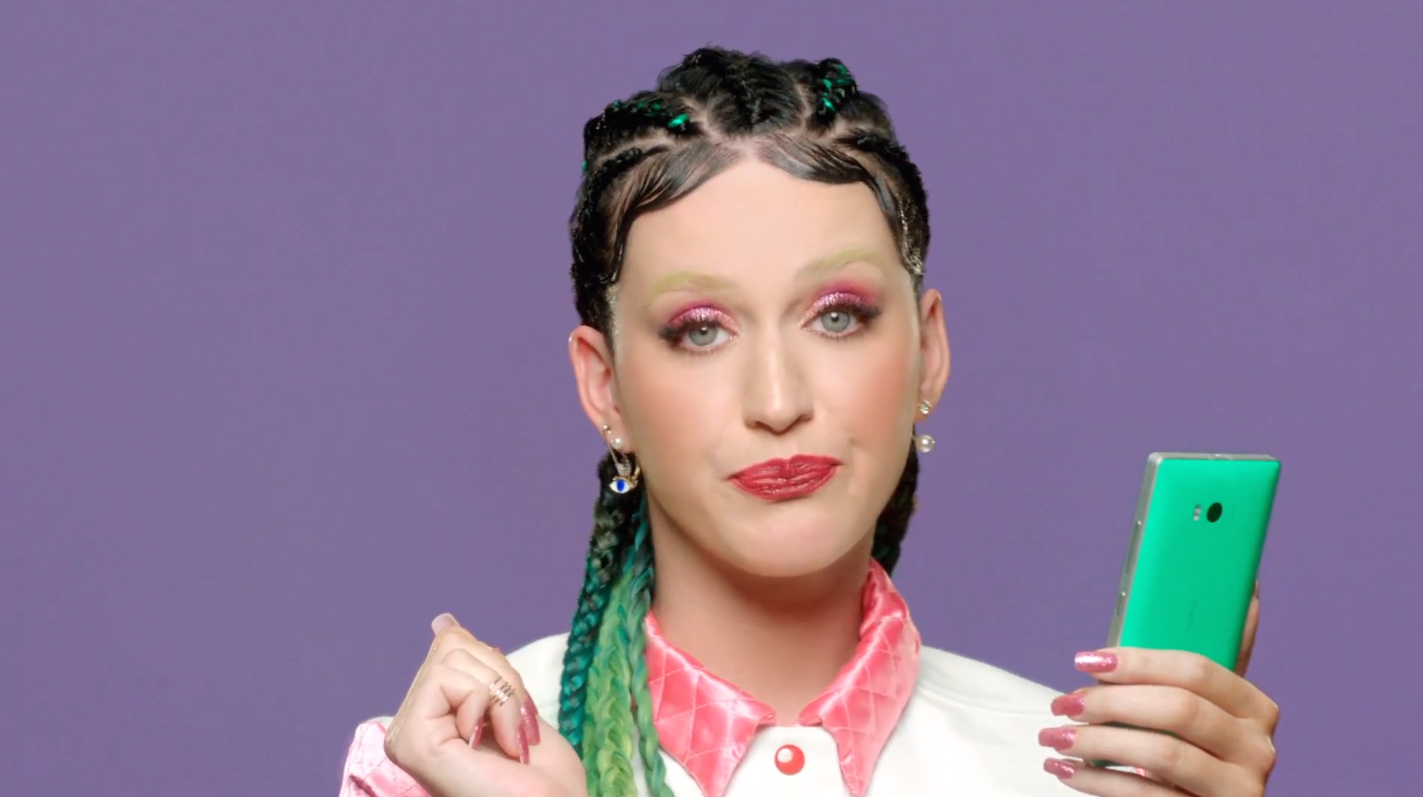
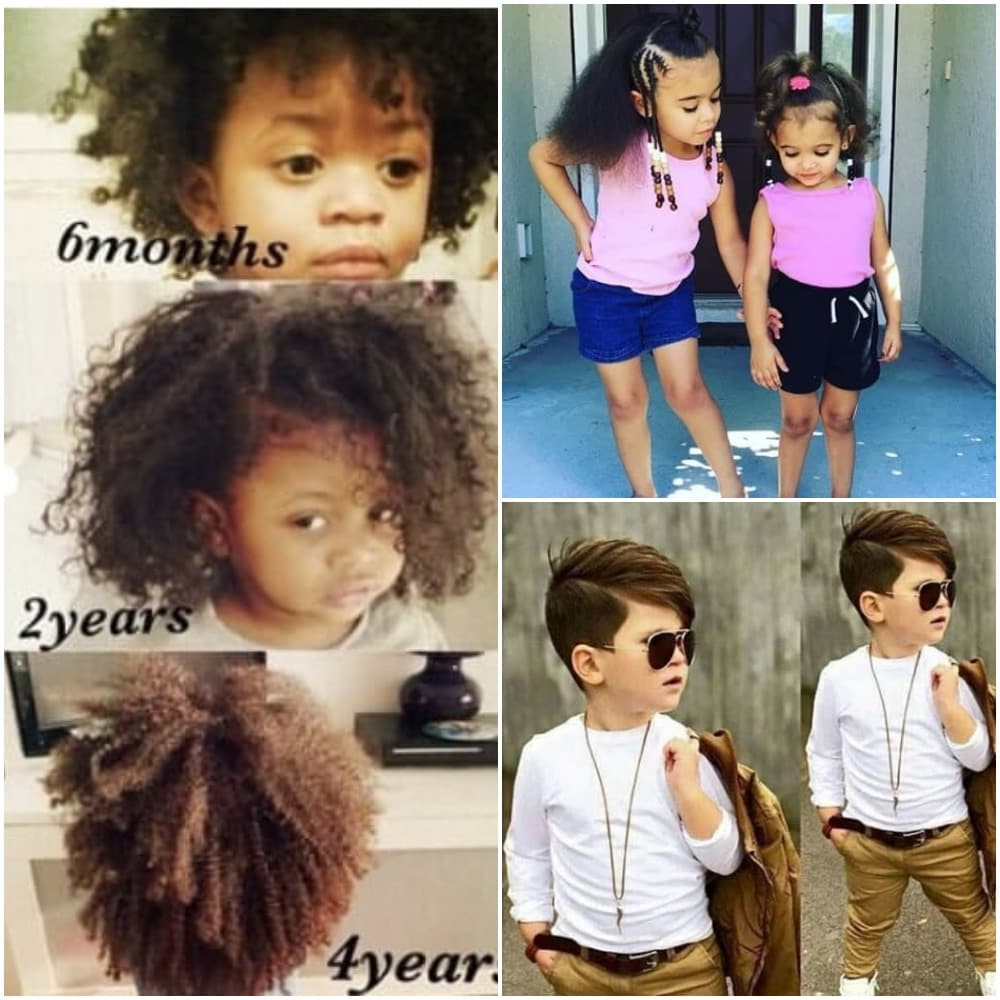
Lanugo hair is a type of fine, downy hair that covers a baby’s body beginning in the fifth month of pregnancy. It gradually falls off before delivery, and some babies are born with a white coat of hair. Besides the head and face, lanugo is also found on the eyebrows and shoulders of the newborn.
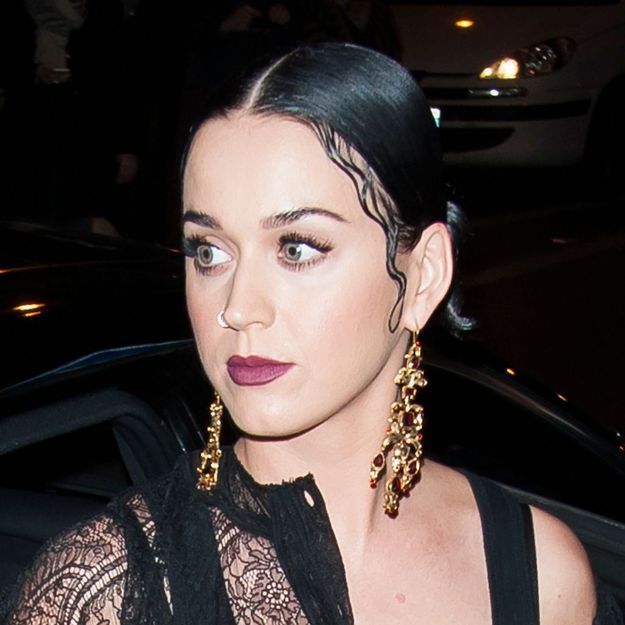
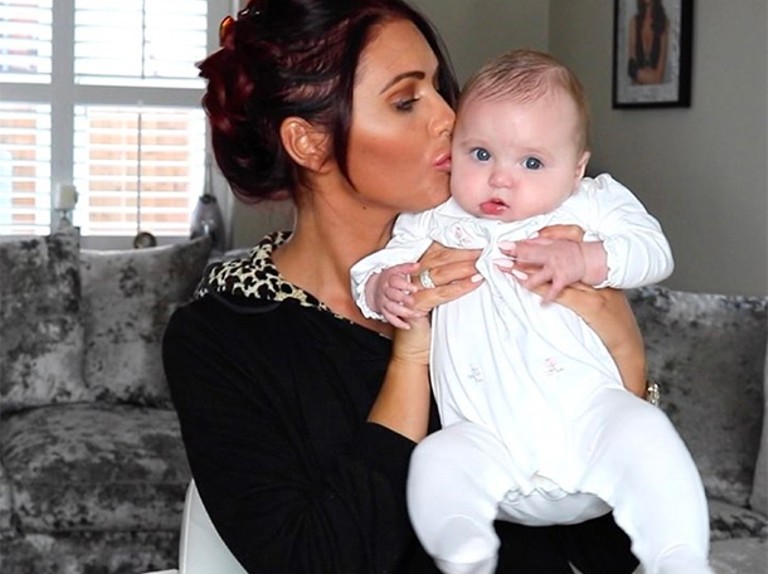
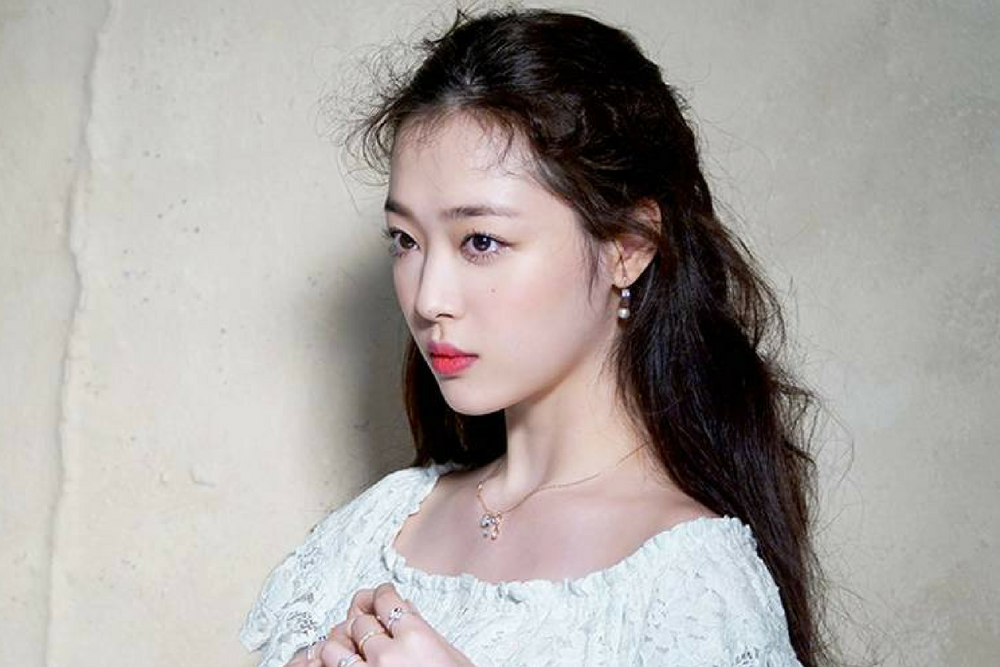
In older children and adults, lanugo may return, but not always. In fact, it can even reappear in unusual places. This is often mistaken for thin vellus hair. Make sure you consult a pediatrician if you see this kind of hair.
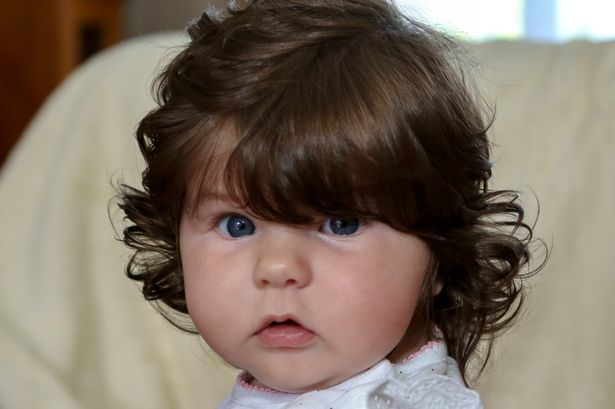
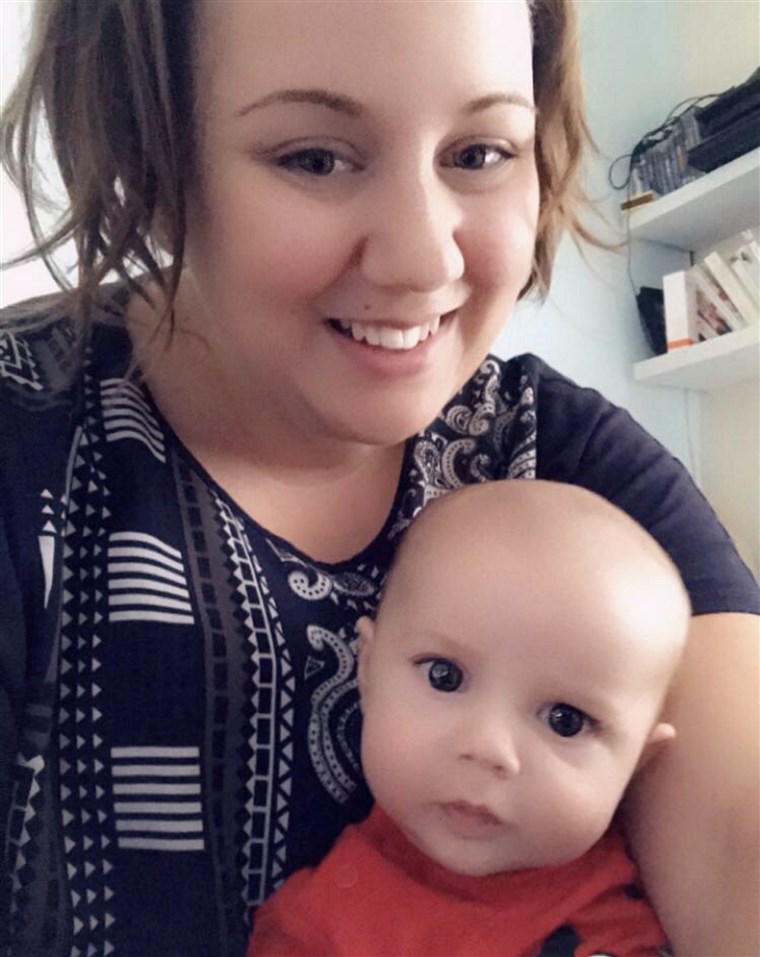
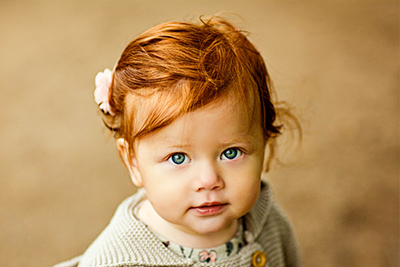
Although lanugo is not visible in term newborns, it’s present in more than 30% of them. It will shed off within a few weeks, but it can remain for several weeks in preemies. The baby also passes tiny hairs in its first poop. This is called meconium. After the baby has shed his/her lanugo, he or she will have vellus hair. These hairs regulate the baby’s temperature, and are present until the baby grows his/her adult hair.
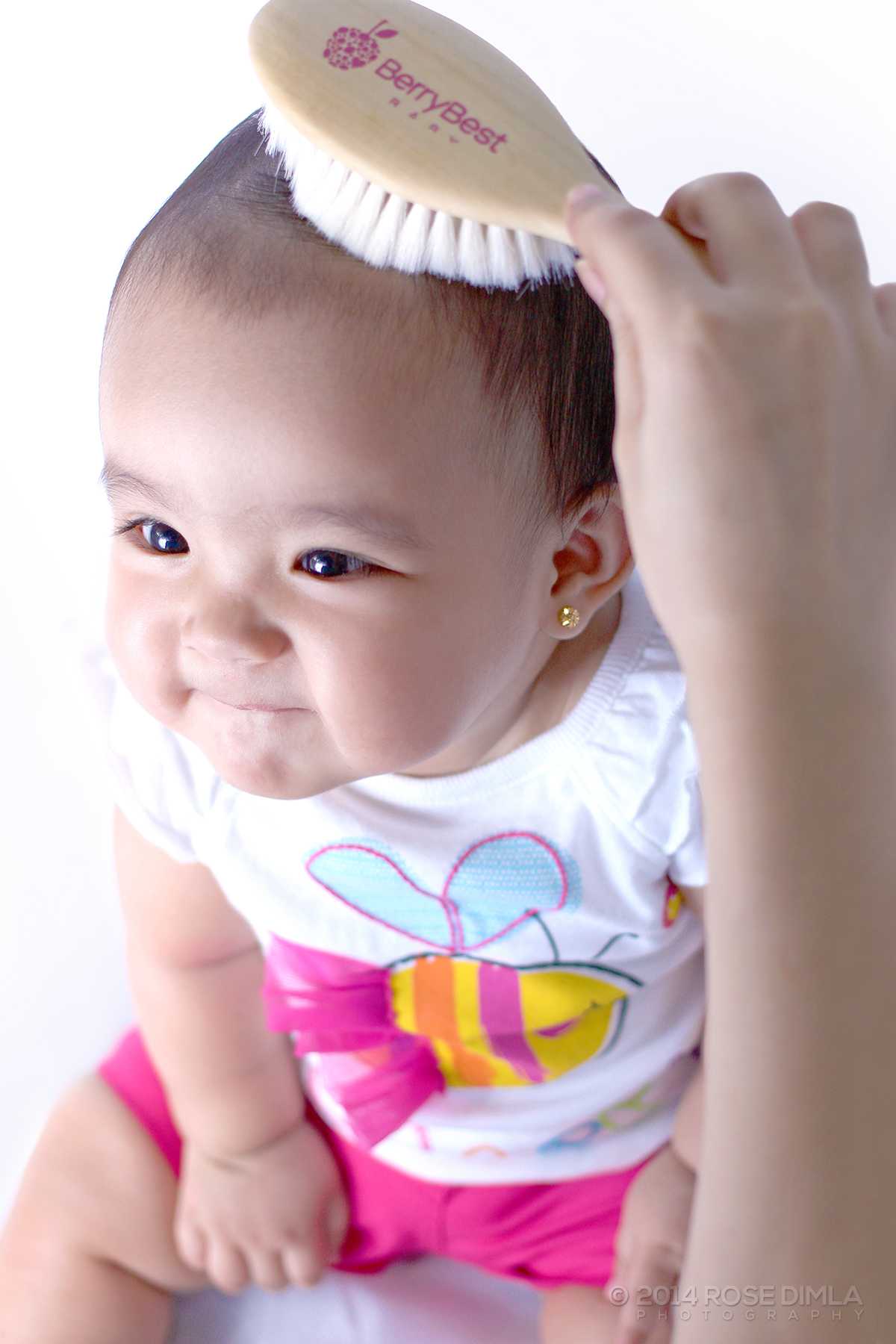
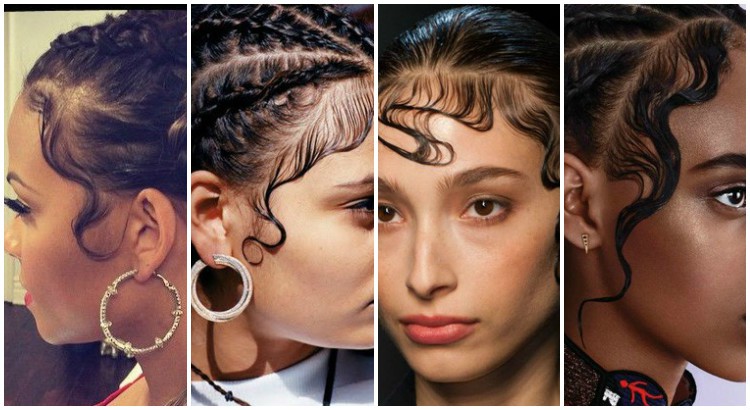
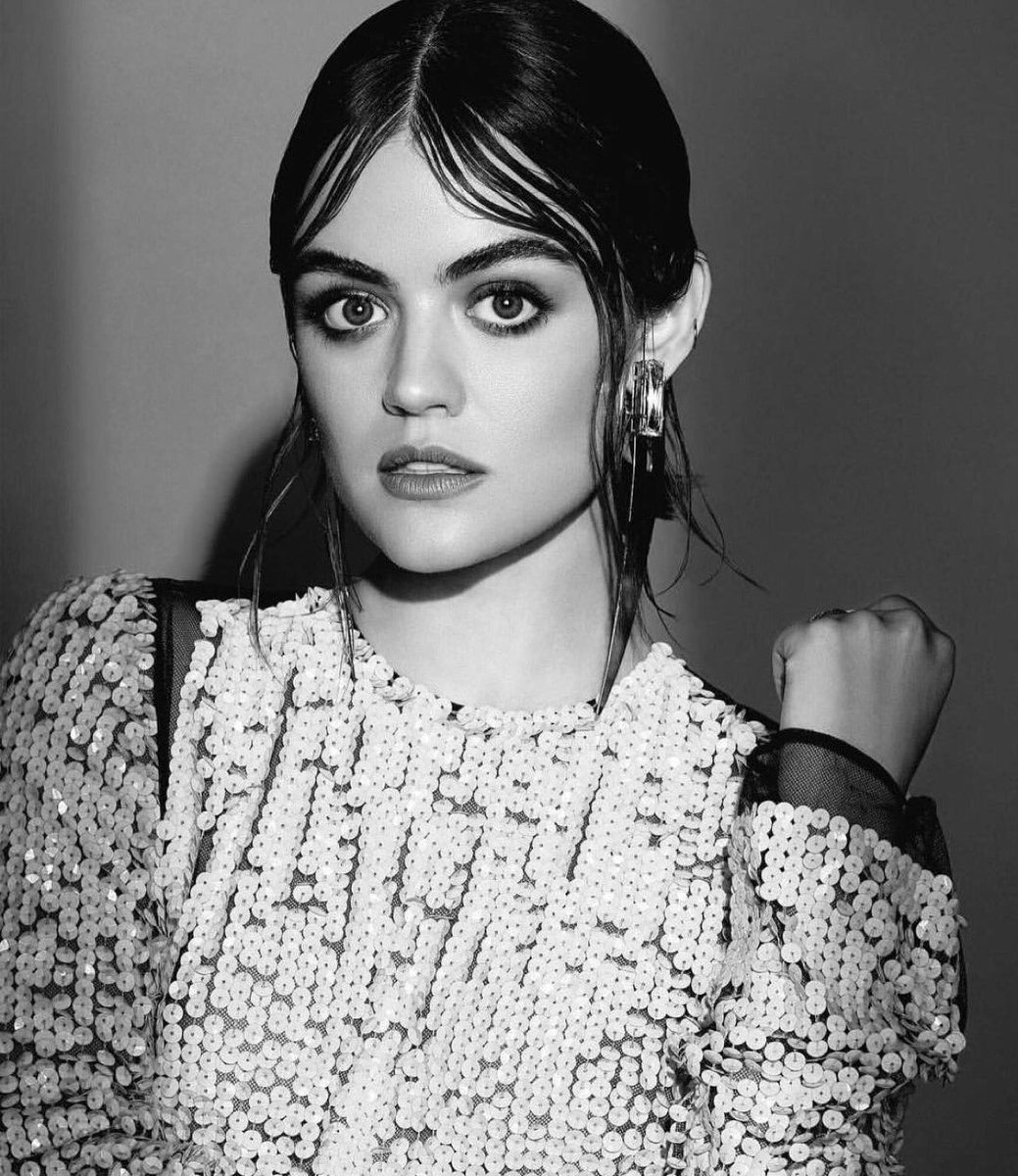
In addition to this, there are other reasons why a baby has lanugo. In case of malnutrition, this condition can be a sign of a serious problem. The skin on a baby’s face is very delicate and prone to damage.
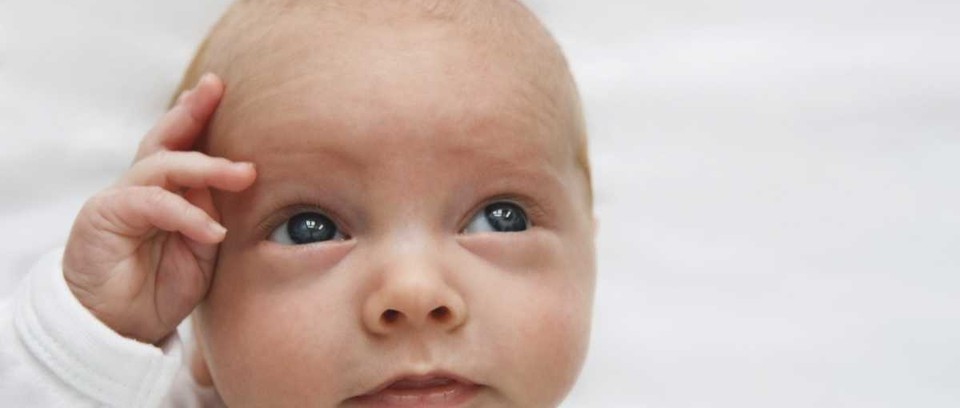
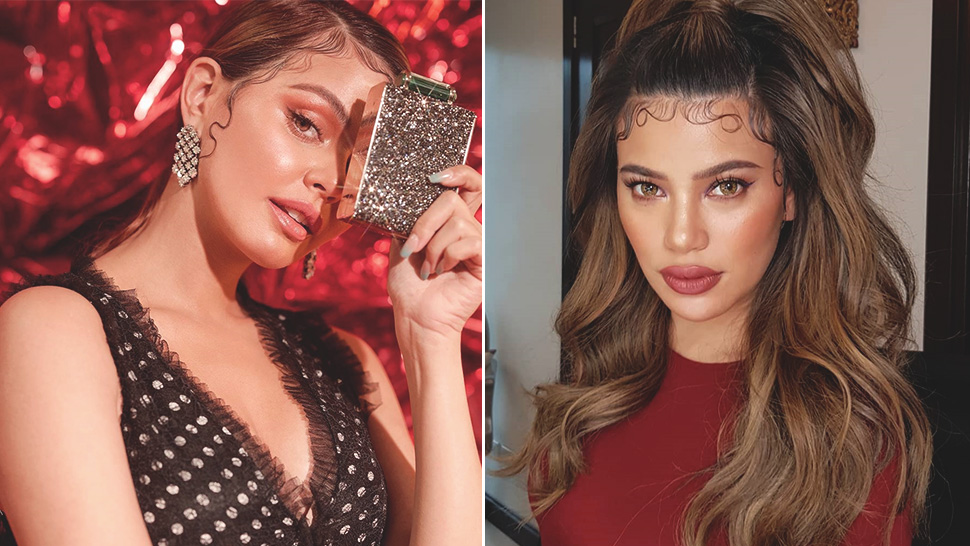
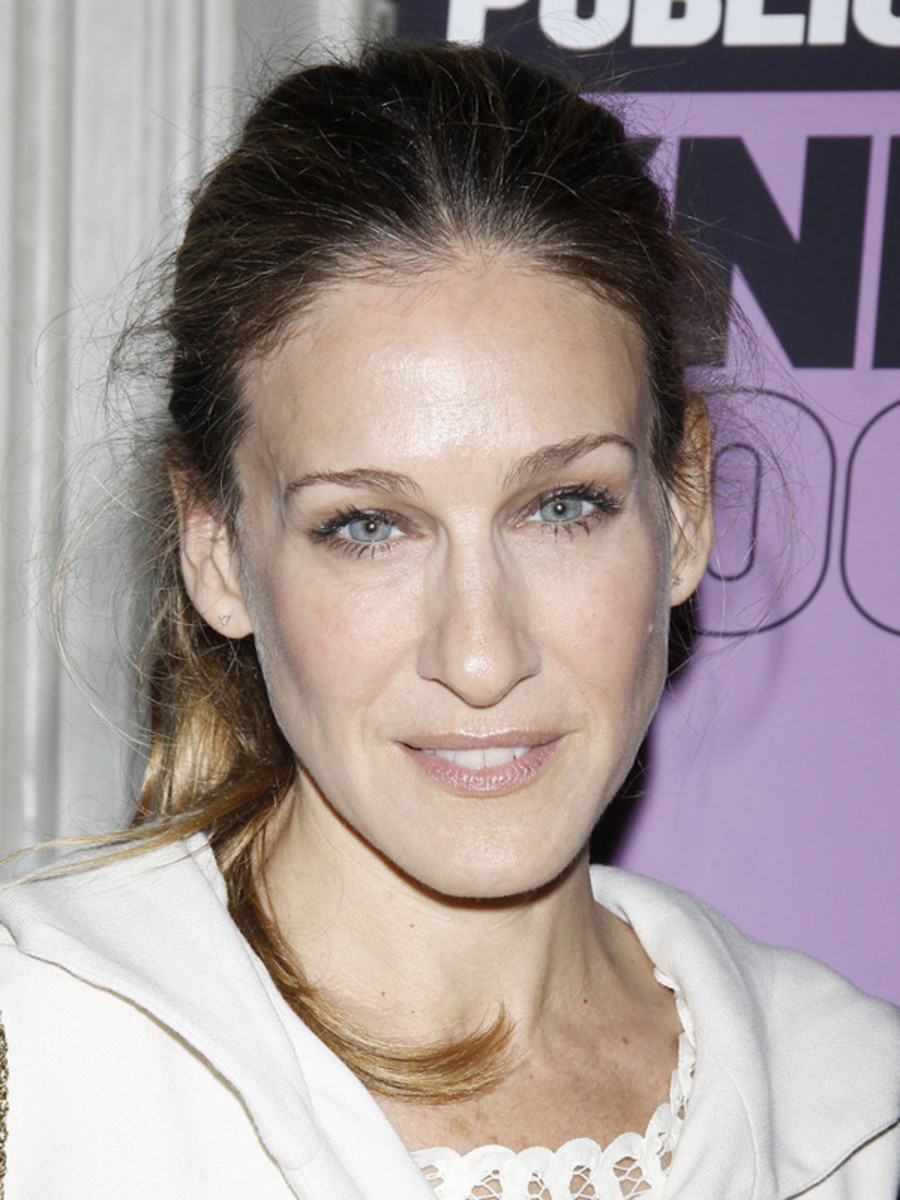
Accessorize Your Edges With Baby Hair
Baby hairs are a lovely accessory, and you can style them in several ways. You can use gel to bring them forward or comb them down to form small ringlets. Gel is also great for creating a subtle crown around the hairline. It’s also possible to remove them completely if you wish.
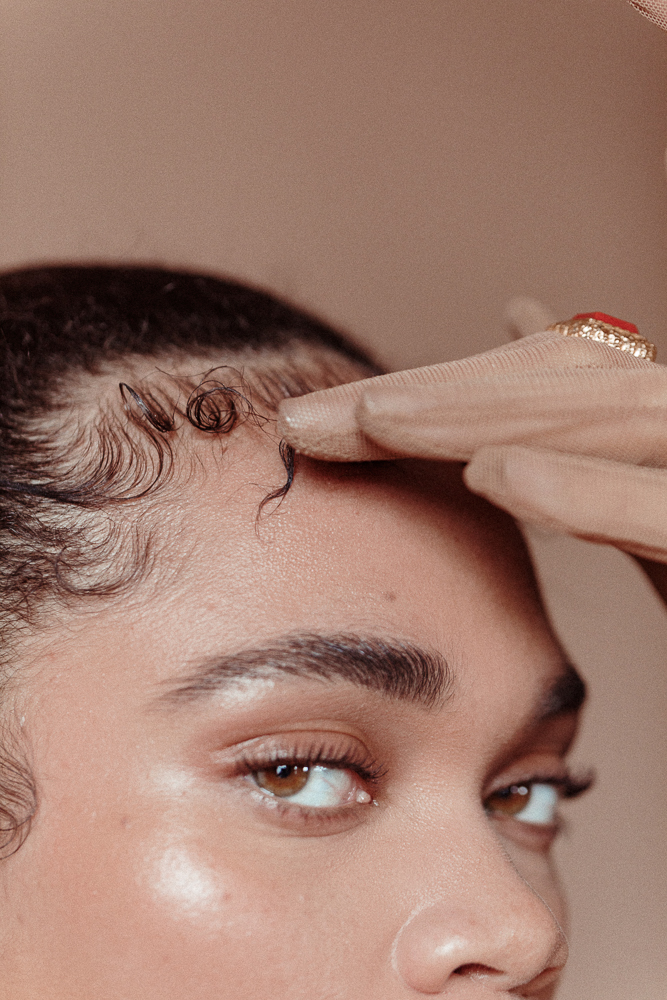
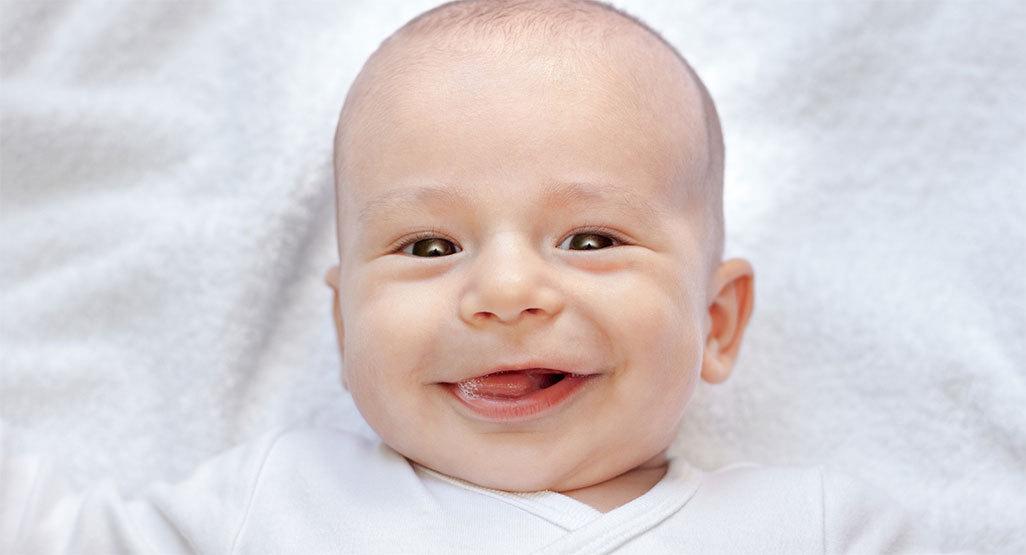
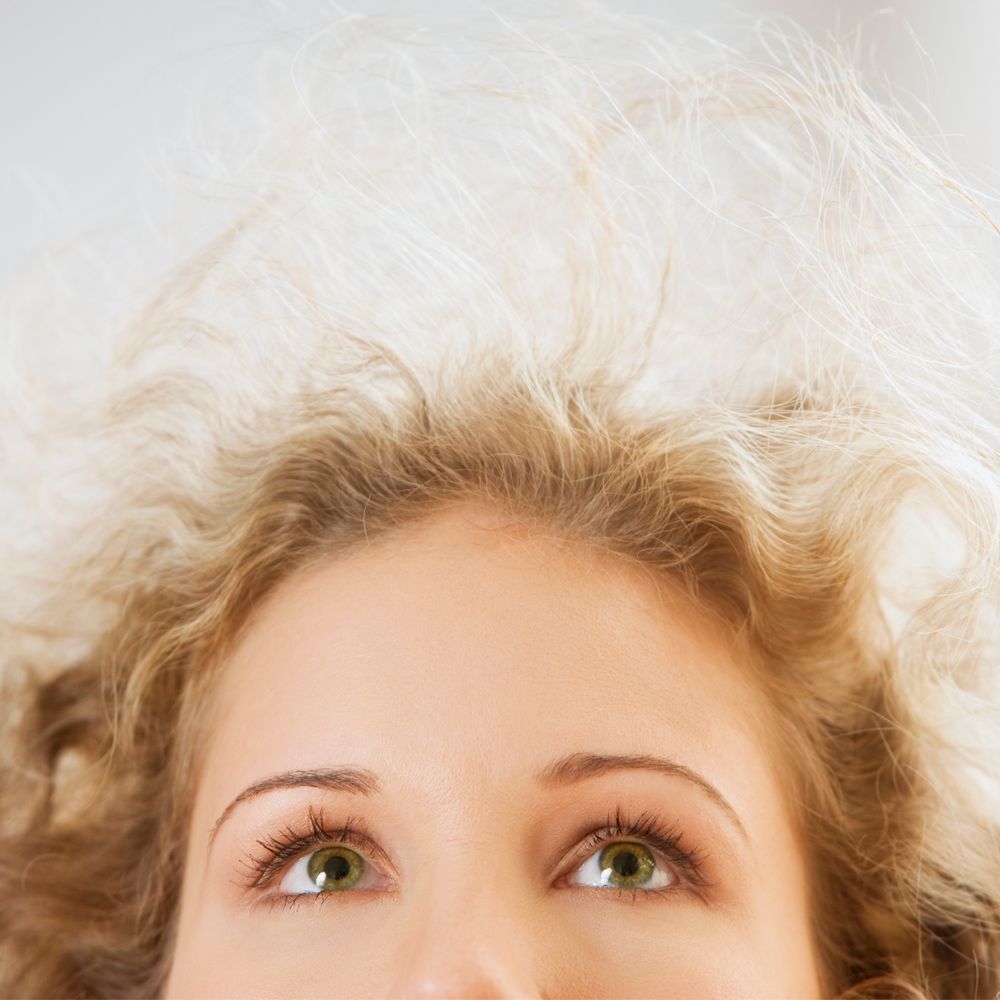
vellus hair
Vellus hair grows on the skin, covering most of the body. This hair grows much thicker than baby hair, which is also known as peach fuzz. It grows on the body at different stages, including the pubic area, arms, legs, and feet. It also grows in areas that are not normally covered by hair, such as the chest and abdomen.
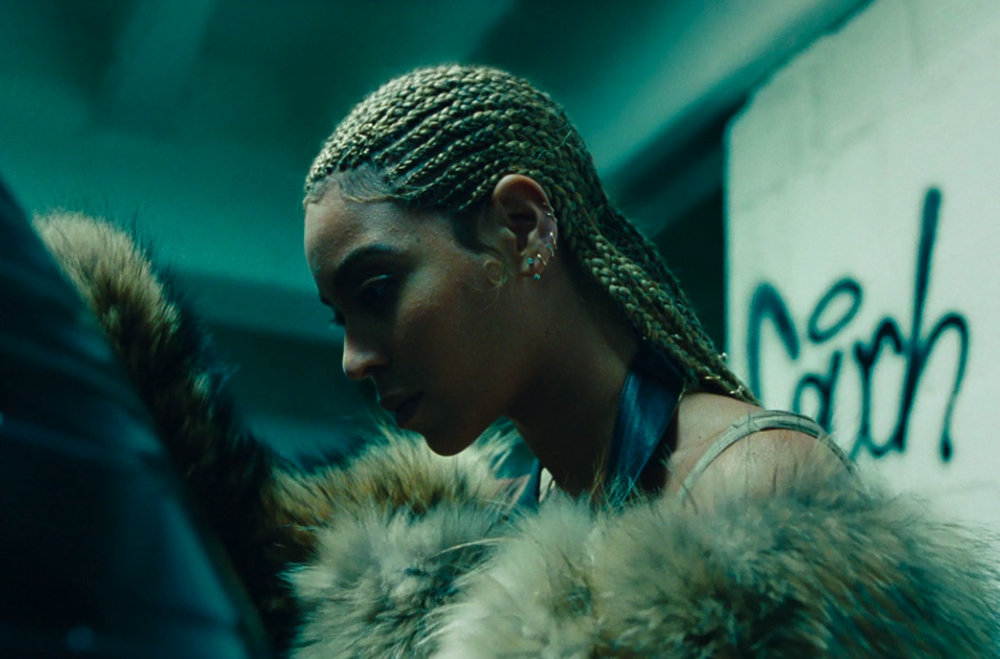
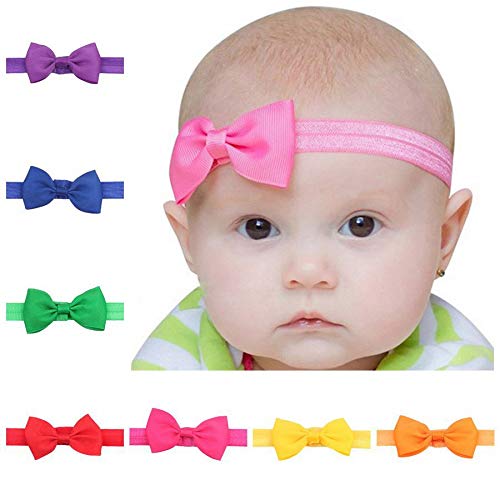
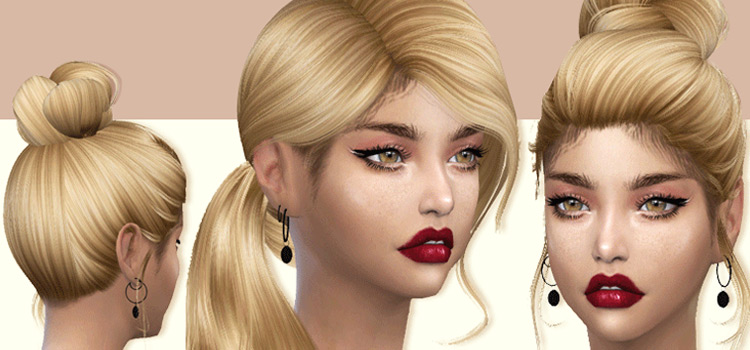
Vellus hair grows from the same follicle as terminal hair. The follicle contains a sebaceous gland, which secretes sebum to lubricate the skin. However, the sebaceous glands of vellus hair are less active than those of terminal hair, so they produce far less sebum. Vellus hair grows on most parts of the body except the lips, back of the ear, sole of the foot, and the navel. Some scar tissue from childhood also contributes to the development of vellus hair.
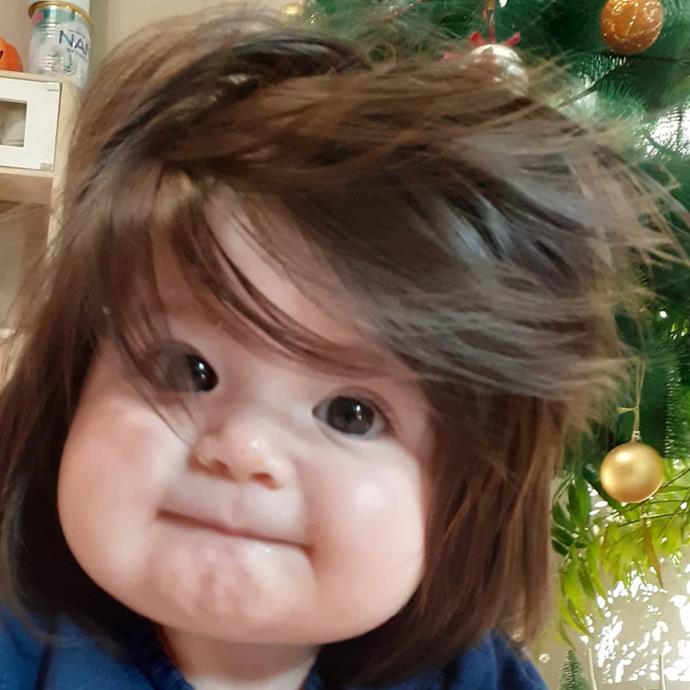
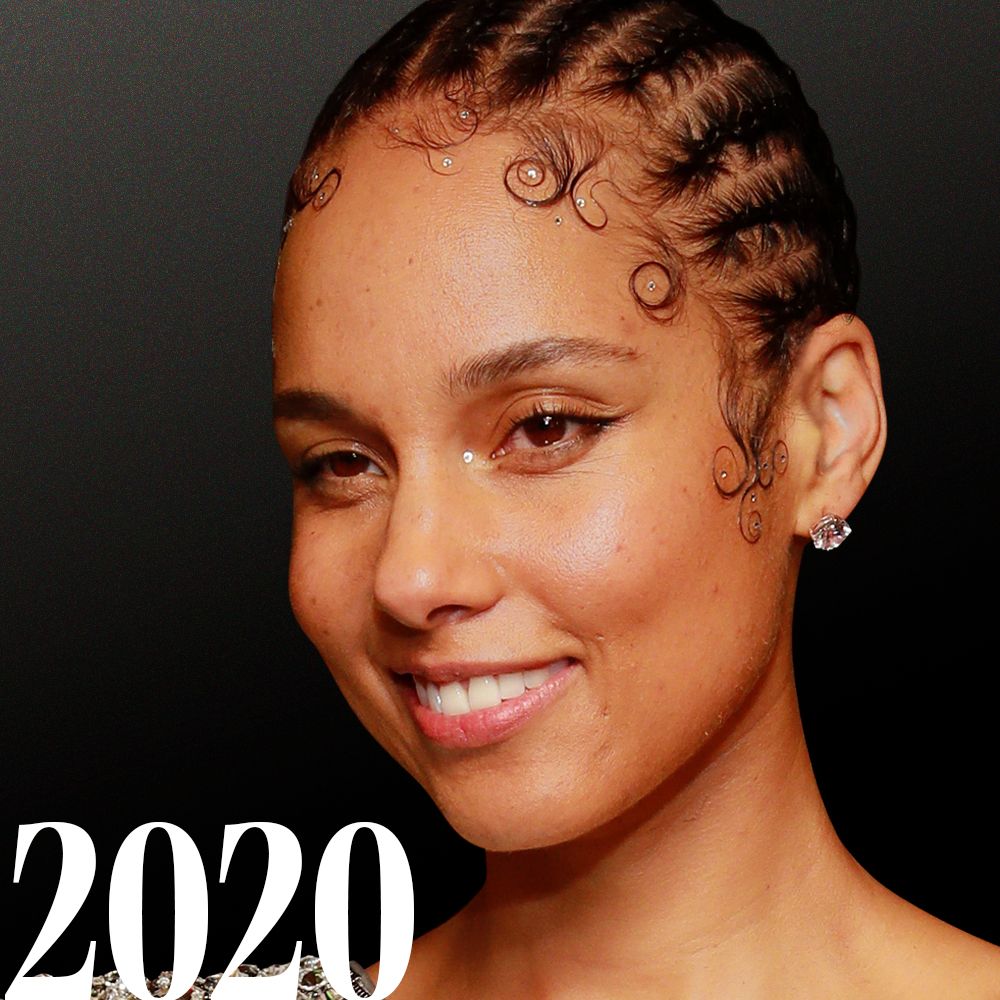
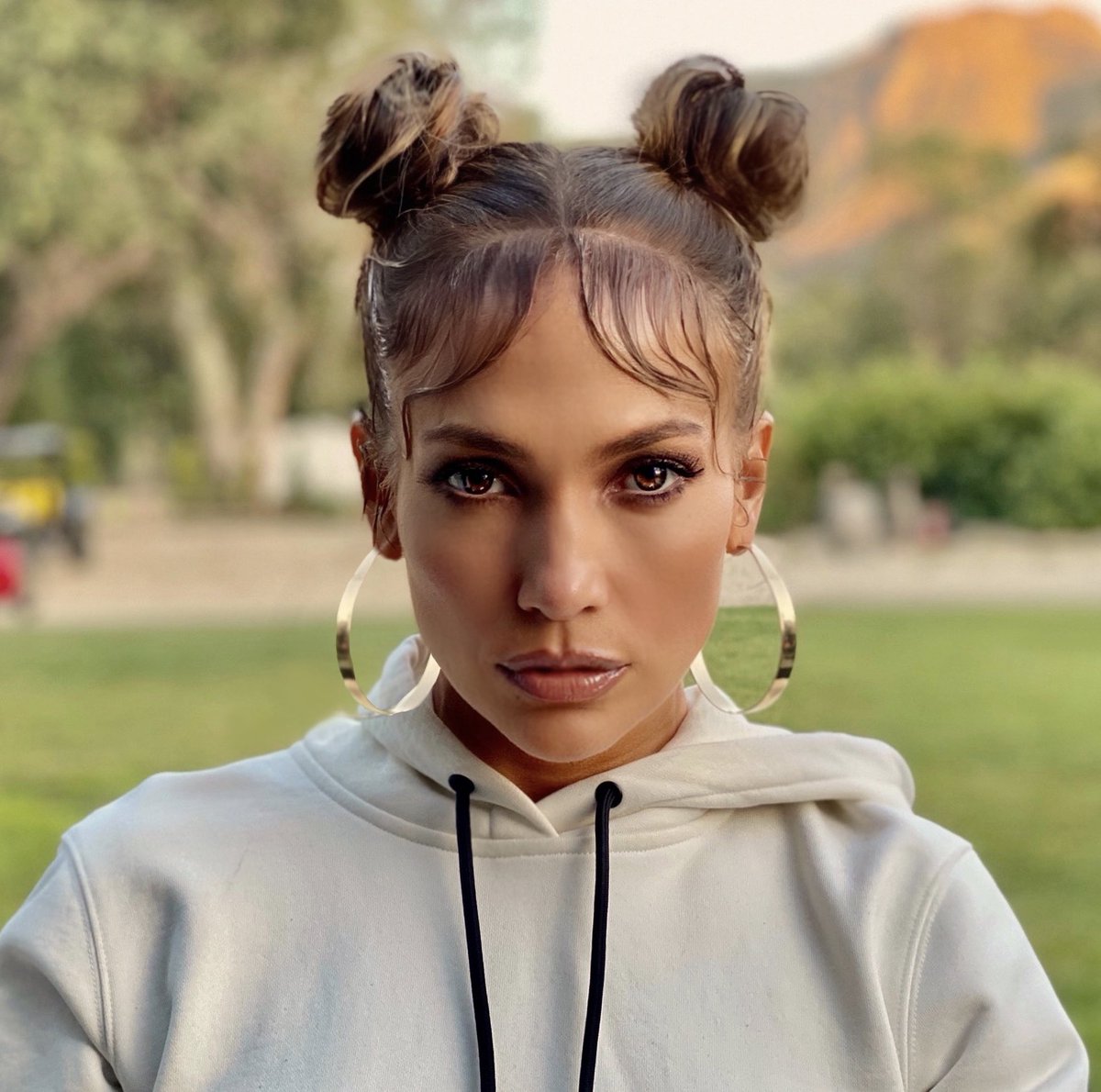
Vellus hair helps regulate body temperature by helping to evaporate sweat. This helps protect the skin and prevent heat illness. It also helps the body sense its surroundings. A person with vellus hair can feel goose bumps. A child with a vellus hair is protected against wind and rain. This is because vellus hair is more resistant to rubbing.
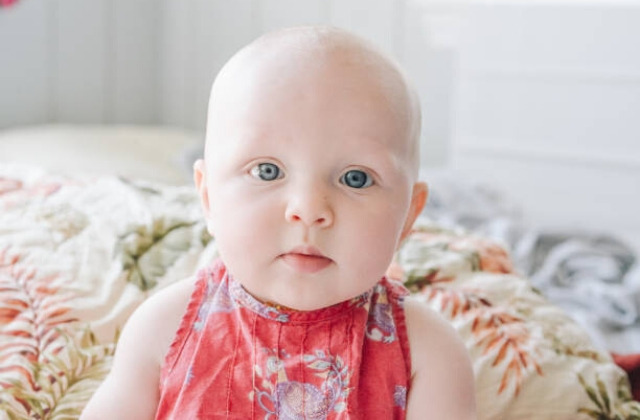
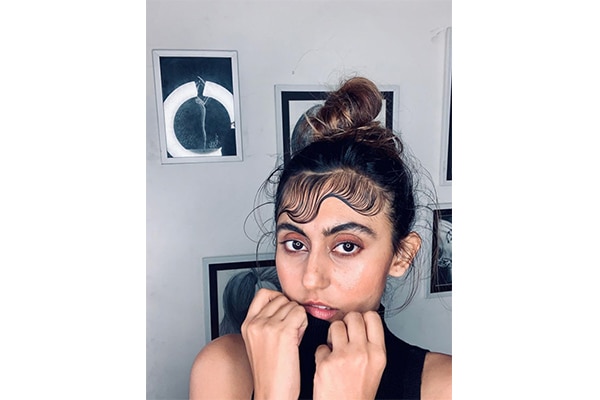
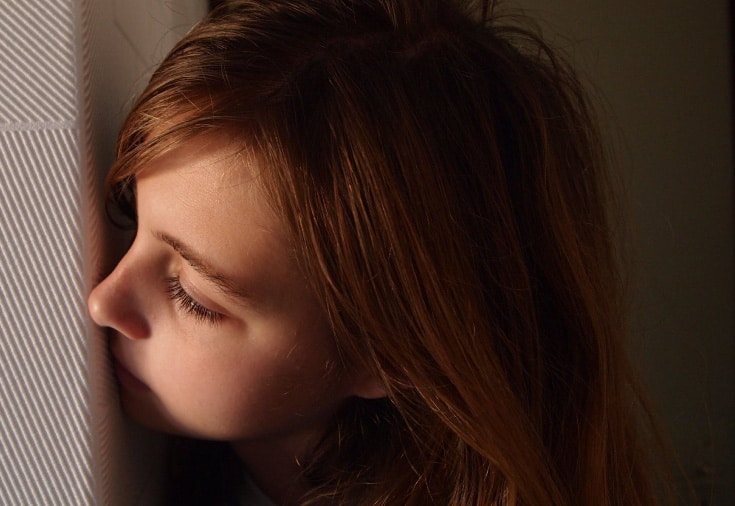
Fortunately, there are treatments for vellus hair. Some of these treatments, such as finasteride and minoxidil, can actually help save vellus hair. However, they do not guarantee 100% success. Treatments must be applied early enough to be effective.
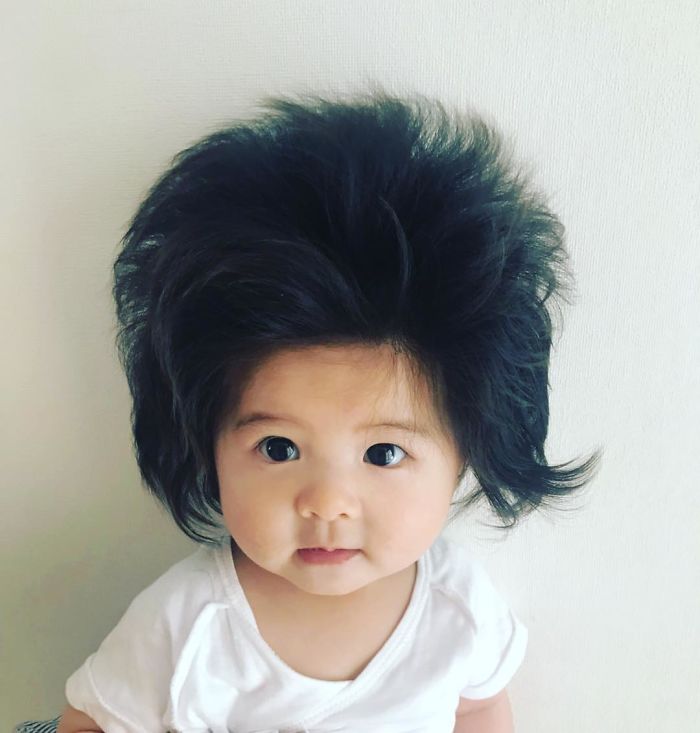
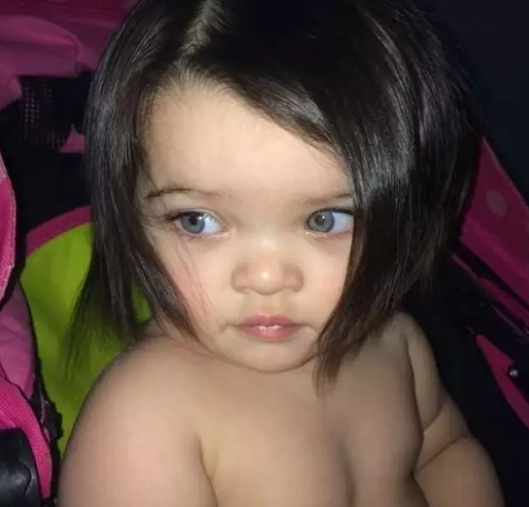
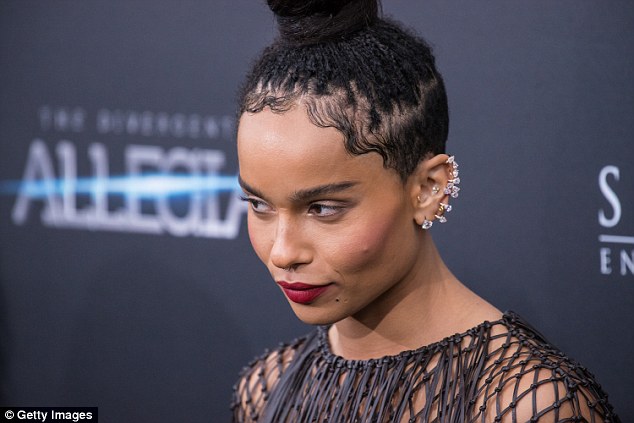
Lanugo
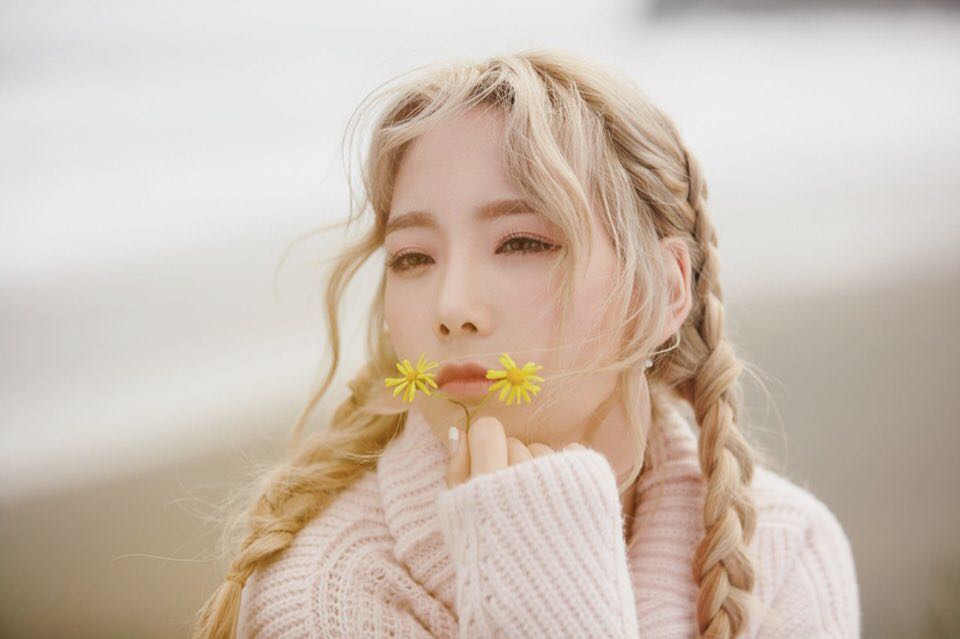
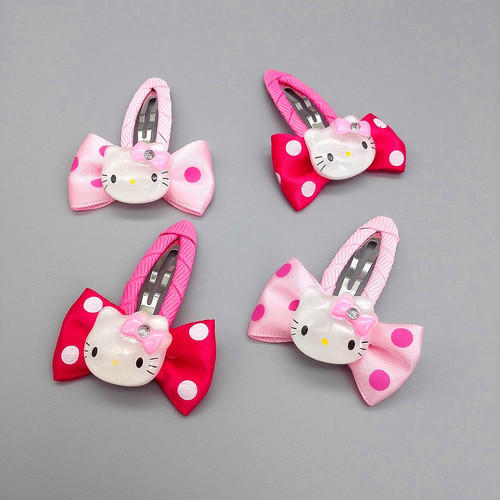
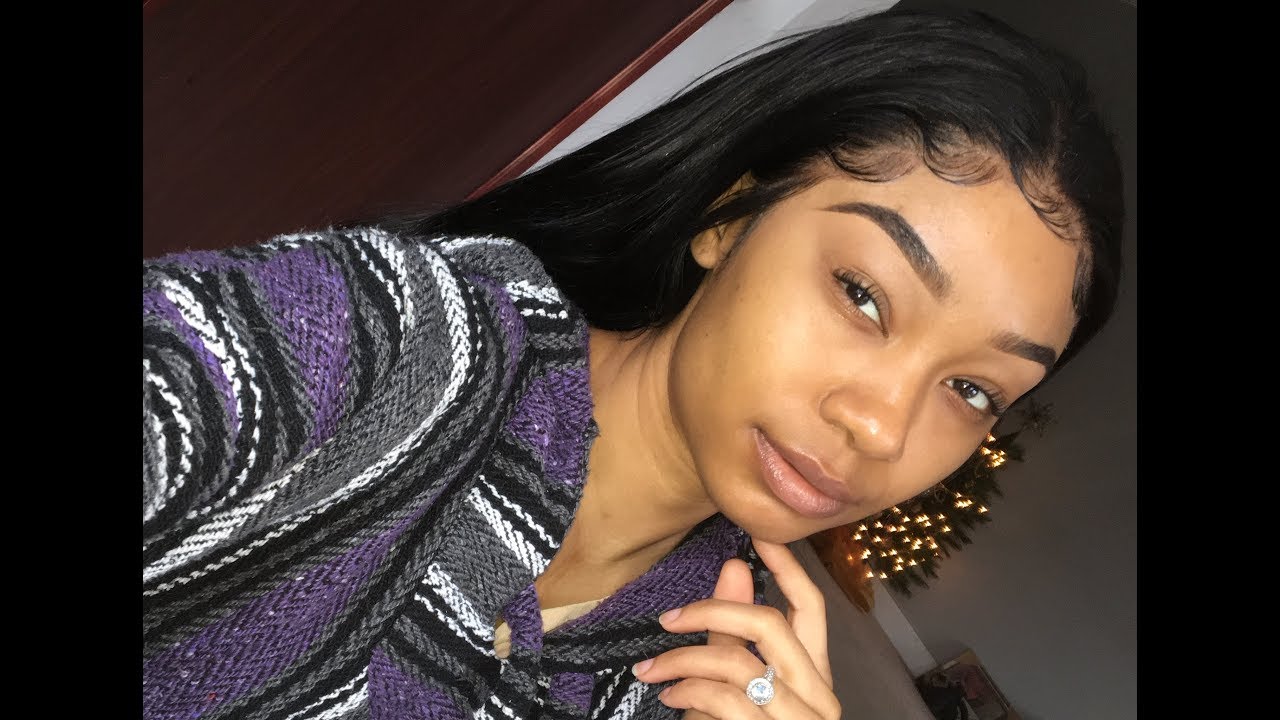
Lanugo baby hair is the first hair that emerges from your newborn baby’s hair follicles. It is unpigmented, fine, and covers most of your baby’s body. Usually white or black in color, lanugo is not present on the lips, palms, or soles of the feet. These hairs are simply a protective coat for your baby, which will gradually disappear after birth.
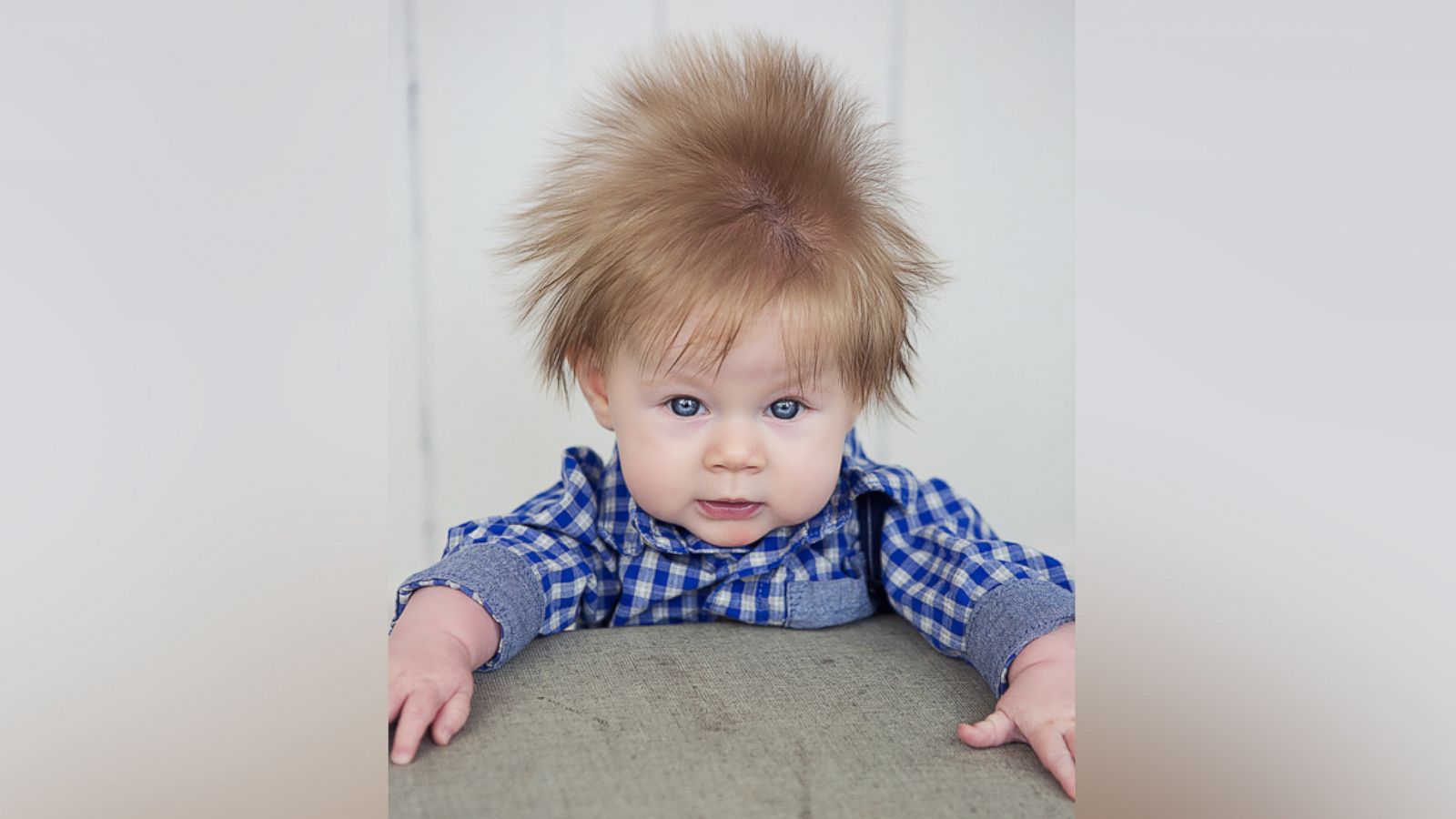
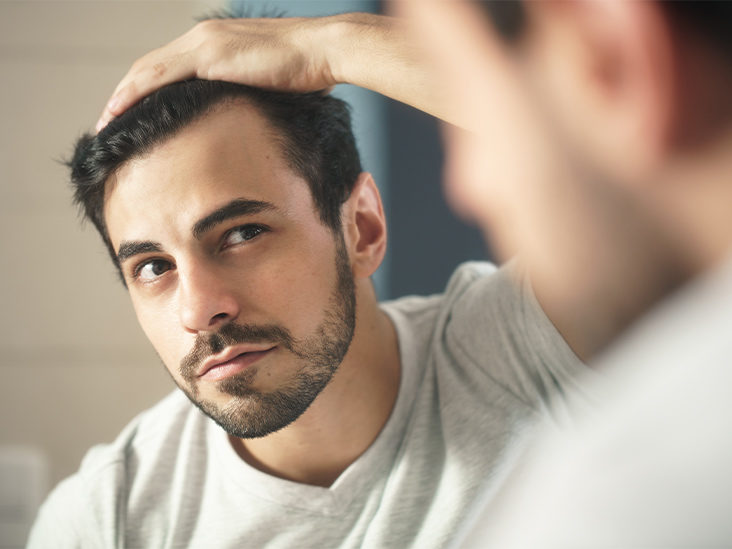
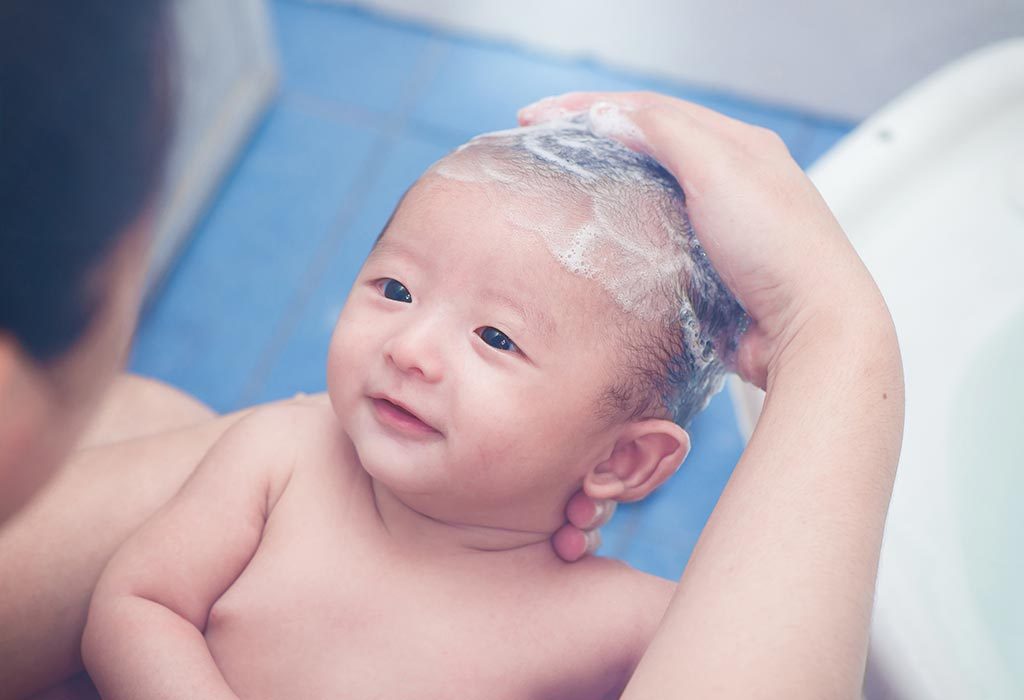
The hair is not harmful for your baby, and it will naturally fall out within a few days or weeks. If you’d like to help remove the lanugo, you can massage your baby’s skin. This is an effective method for removing lanugo, but be careful not to rub the skin too vigorously, since the skin may become sore and red.
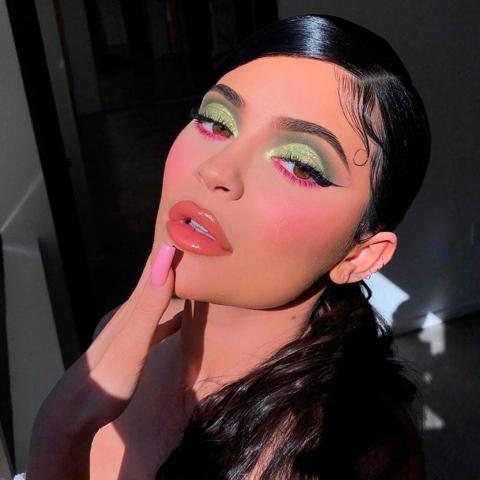
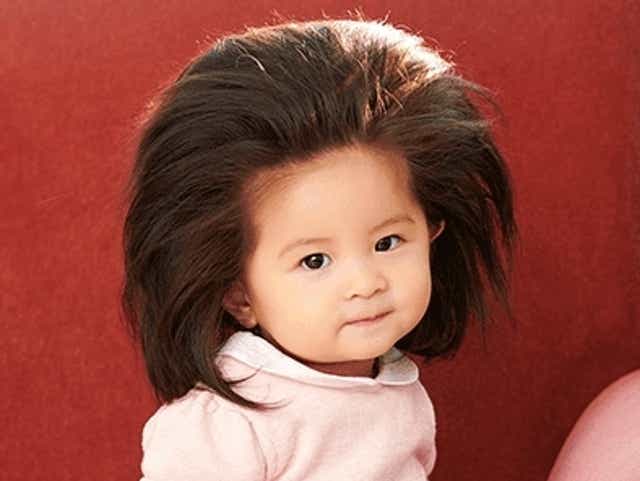
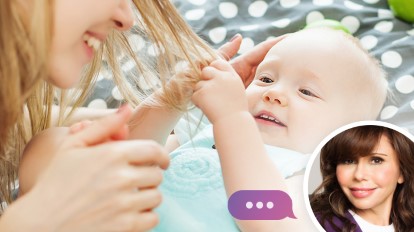
Although lanugo is usually present, some babies have little or no lanugo at birth, and many premature babies have more lanugo than normal. Researchers do not know exactly what role lanugo plays in the utero, but they believe it contributes to the production of hormones and regulates the temperature of the utero.
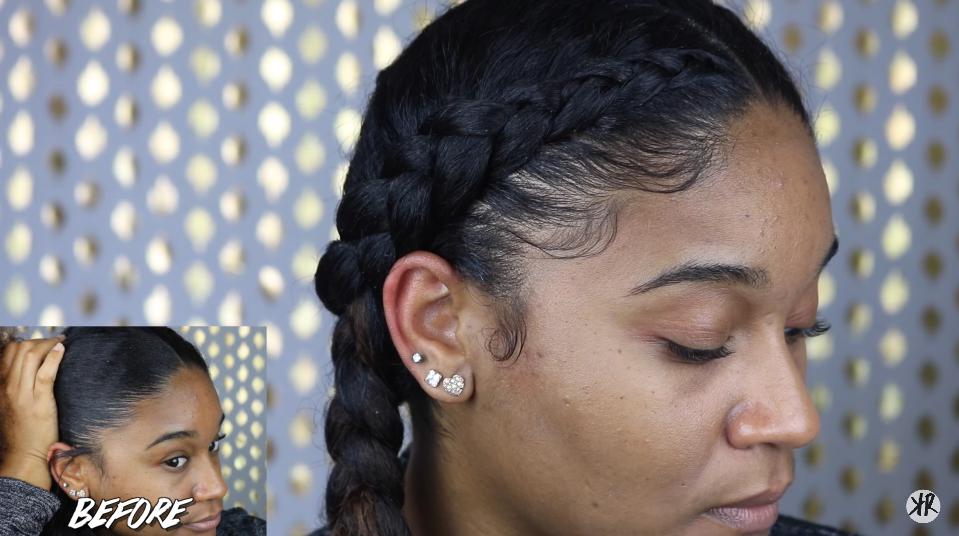
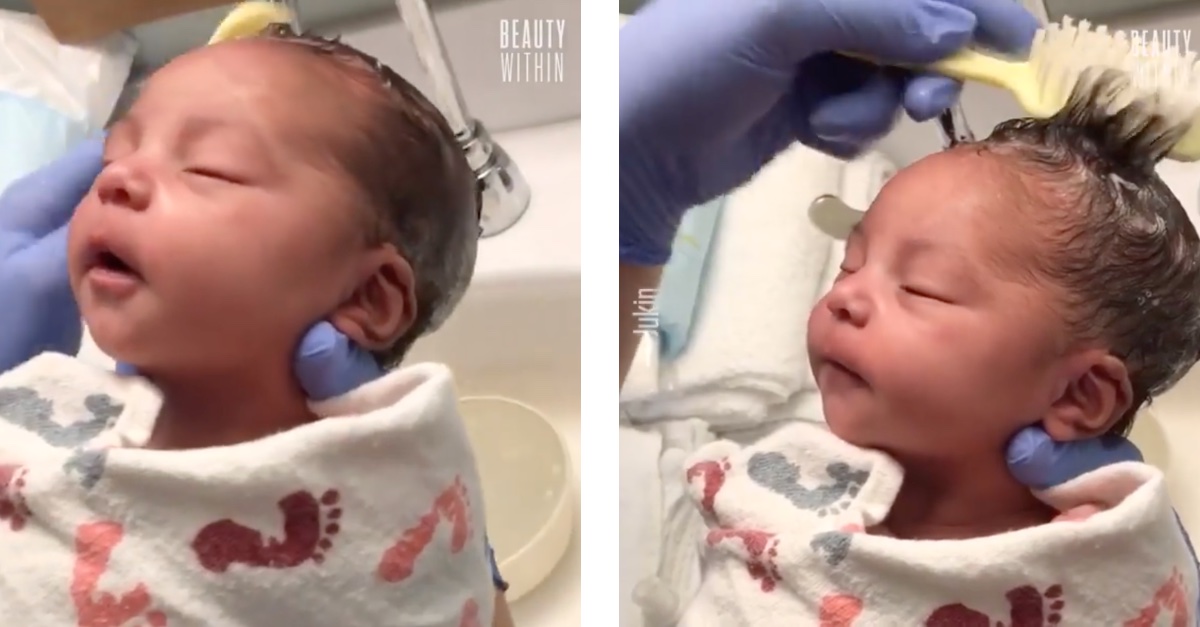
There are various causes of lanugo. While lanugo on a baby’s skin is not a cause for concern, it can be a sign of malnutrition or an eating disorder. Some people may also have lanugo in adults. If you suspect your child of having this condition, you should consult a healthcare provider to determine the cause and treatment.
Baby hairs
Laying baby hairs is a timeless and iconic Black hair styling method that has deep roots in Black culture and history. It’s a way to add style to your edges and express your individuality. Whether it’s natural or synthetic, you can create the edge look you desire with baby hairs.
The texture of baby hair is thin and wispy, making them easy to brush. They also do not grow as long as hair on the rest of the head. They are common in women who have just given birth and are temporary. However, over-heating, chemical treatments, and traction on hair can also cause baby hair-like breakage. Ultimately, damaged hair will grow back to its normal length with time.
Baby hairs can be tamed with the help of a small round-bristle brush and a blow-dryer. You can also use a volumizing or light-hold hair spray to keep them in place. You can also tease them into cool shapes with styling gel.
Although it’s impossible to predict when baby hairs will grow back, it’s important to monitor the hairline for any changes. Hairline receding can be a result of genetics, hormonal changes, or even hair styling problems.
Styles
Baby hair is a natural hairstyle that can be used as a creative tool. It can be used to cover a thick forehead or to add volume to your tresses. Many celebrity hairstylists have begun creating designs with baby hairs and using them as hair accessories. Sometimes, baby hairs can even accessorize a look better than real hair accessories.
To style baby hair, simply separate the hair into four sections. Then, braid or tie the topmost section into a high ponytail. Make sure to comb the rest of the hair in two separate sections, too. You can then add a big fluffy bow to finish the look. These Hairstyle can be worn to daycare or to a play date and are quick and easy to achieve.
The edges of baby hair are also an excellent canvas for creating a dramatic look. High ponytails, fresh braids and buns are all ideal places to add edges. For extra hold, Aspen recommends using a Baby Tress Edge Setting Scarf to set the edges. The scarf will also keep baby hair in place.
When styling baby hair, use the correct styling products for your baby’s hair type. Choose a medium-to-firm hold hairspray. This will prevent your baby hairs from falling out. You can also use a silk scarf to secure the style.
Care
Taking care of baby’s hair requires special attention and products to keep it healthy. Proper blood circulation is essential and a suitable moisturizer is essential. Babies are prone to cradle crap, a flaky, white layer that forms on the scalp. Proper care can keep this flaky layer at bay and prevent the hair from becoming matted and brittle.
A mild shampoo with a pH level of 6.0-7.0 is ideal for baby’s hair. It’s made of 100% natural ingredients, is vegan, and free from hormone disruptors. A hypoallergenic shampoo produced by a well-known baby products company is also a good choice. This kind of shampoo does not irritate your baby’s skin, and it’s sulfate-free and tear-free.
For best results, wash your baby’s hair at least twice a week. Washing a newborn’s hair less often than twice a week can cause cradle cap and can cause your child to develop dry hair. After washing your baby’s hair, apply a conditioner to moisturize it and prevent it from becoming matted and brittle.
Babies’ hair is very sensitive, and the best option for taking care of it is to choose organic shampoo that’s free of chemicals. Organic shampoos also contain natural extracts like hibiscus which nourish the hair and scalp. They also contain khus-khus, a plant with antibacterial and antifungal properties.
Maintenance
While baby hair is much finer than adult hair, it still needs the same care as other hair. Regular washing and grooming should be done every few days. Baby hair will fall out and come back again, but it is still important to maintain its health. Baby shampoo is a good choice for this delicate hair.
There are different ways to maintain baby hair, including backcombing and smoothing. The hair should be kept in a manageable length and shape, and it should never be too long or too short. Whether to backcomb it or leave it alone is up to personal choice. Baby hair can be unruly, so it is important to maintain it in a healthy manner.
While taming baby hair is difficult, there are a few simple tricks that can make it look more manageable. First, use a detangling conditioner. It should contain glycerin or other moisturizing ingredients. Also, use a butter or oil-free conditioner to prevent your baby hair from getting greasy.
